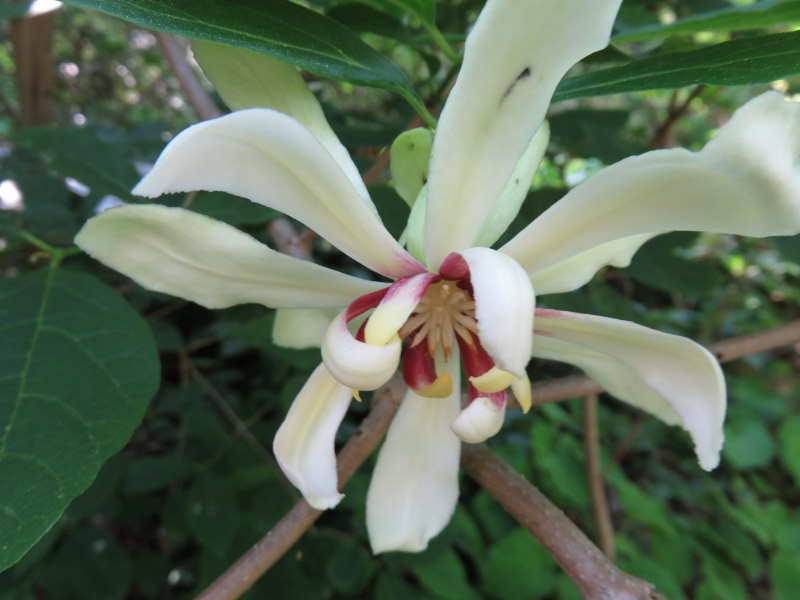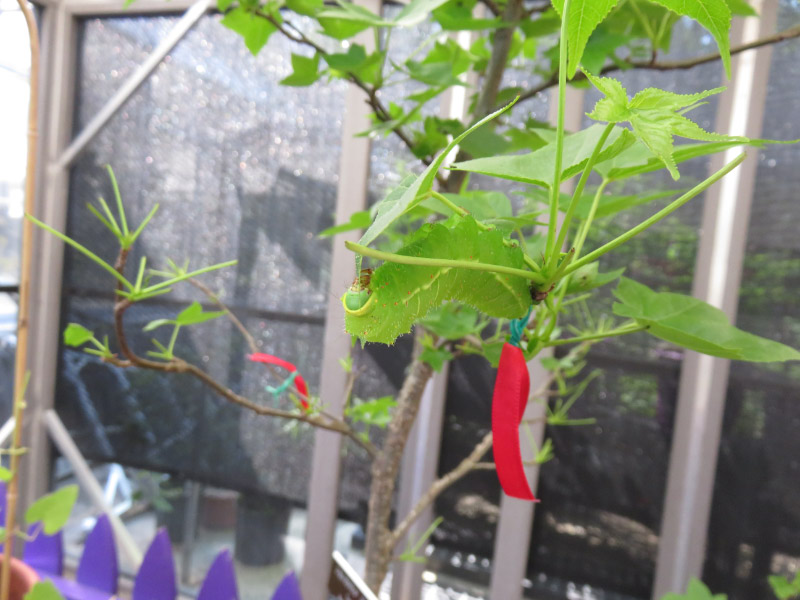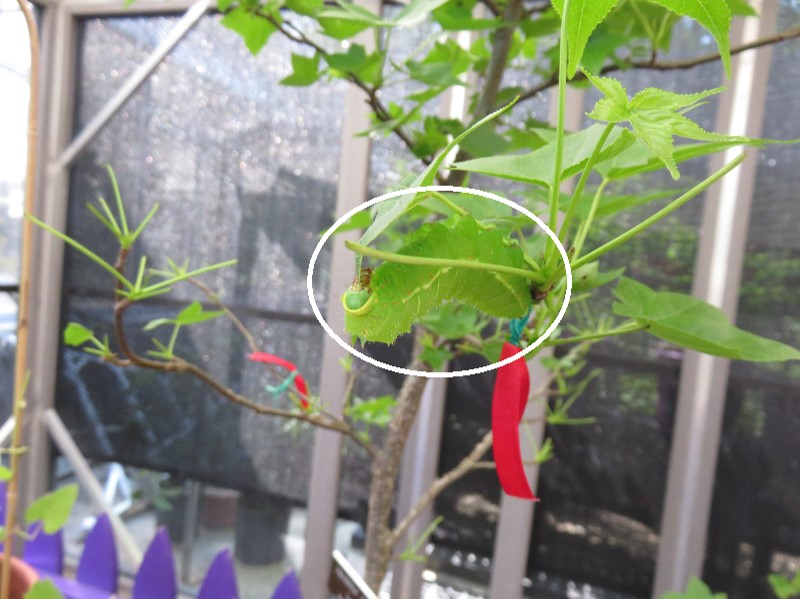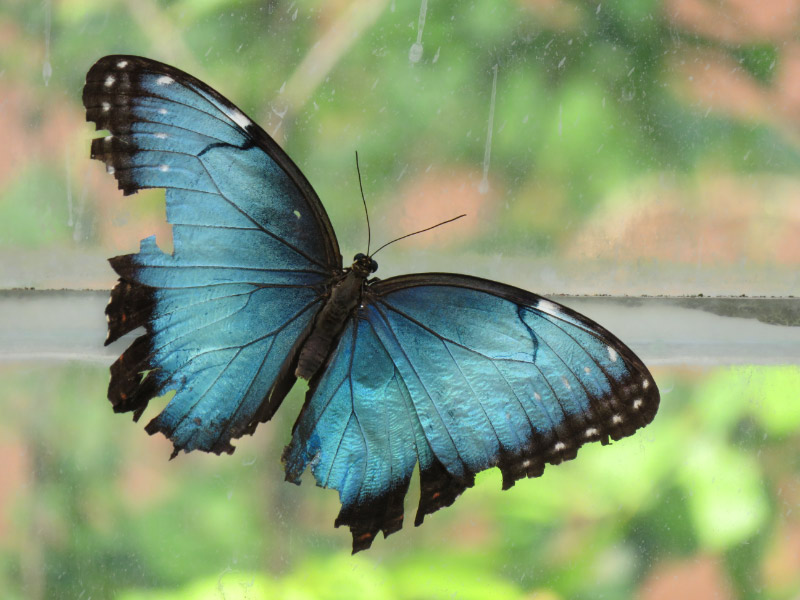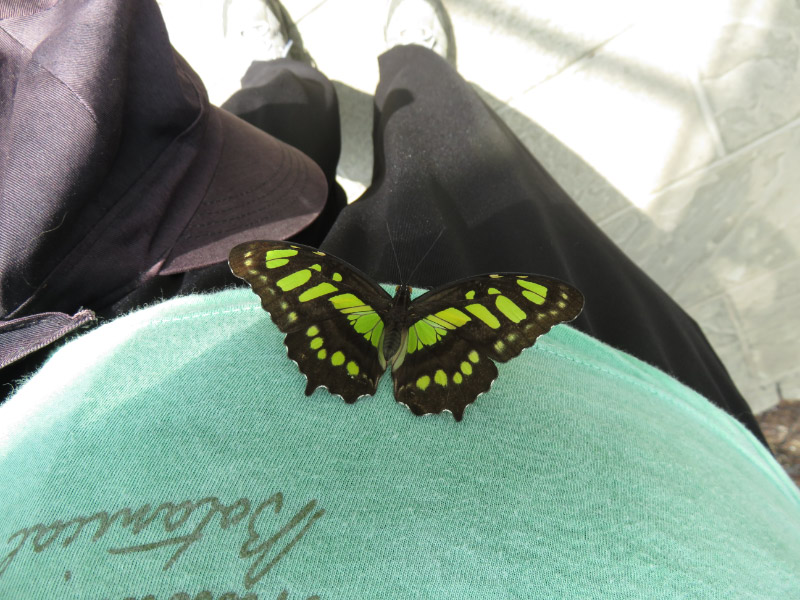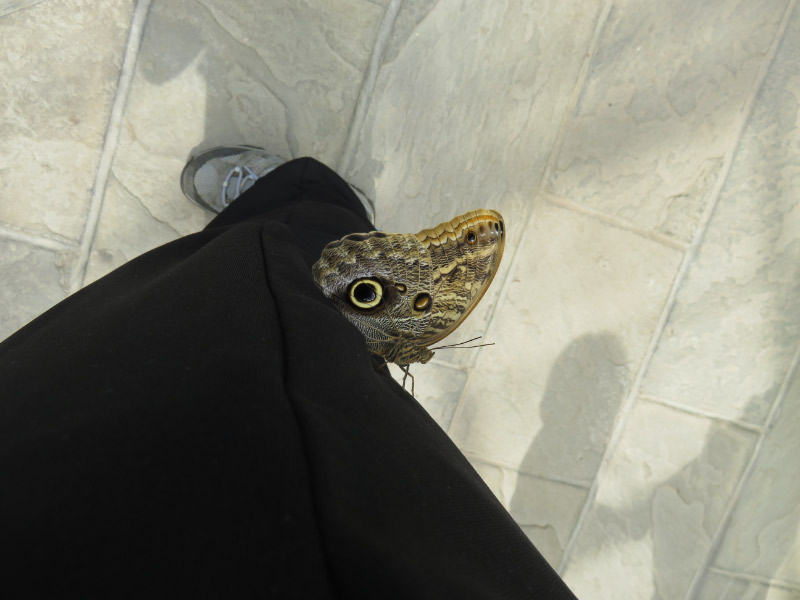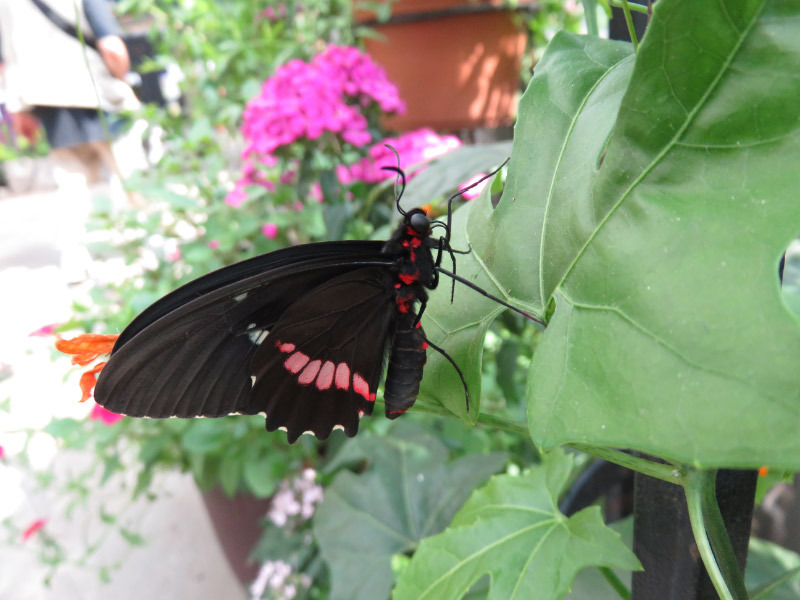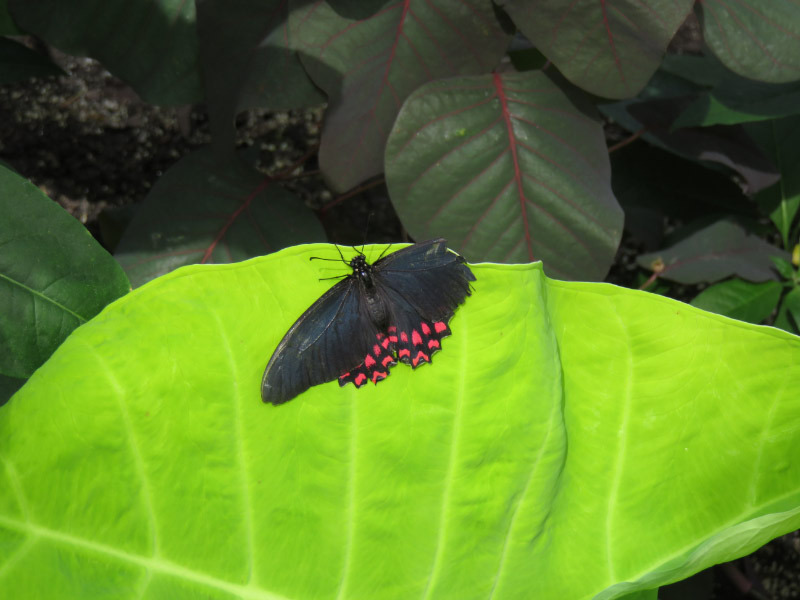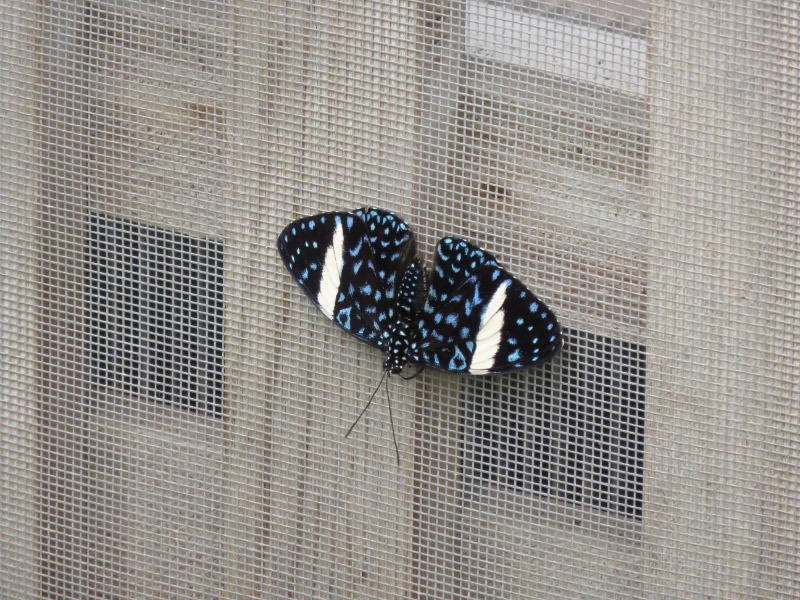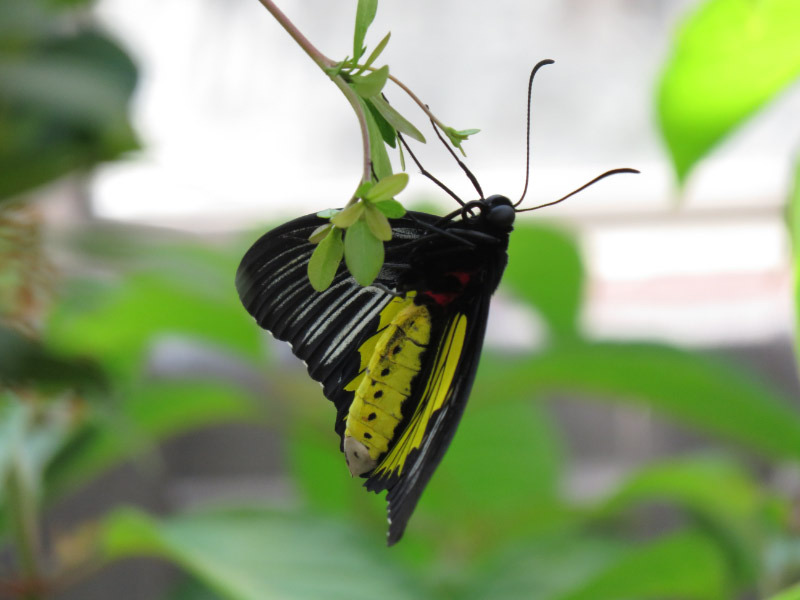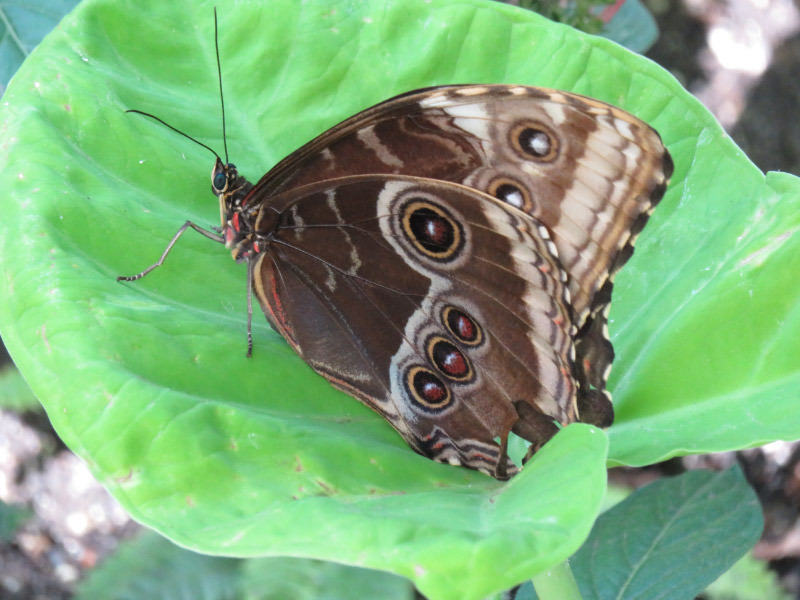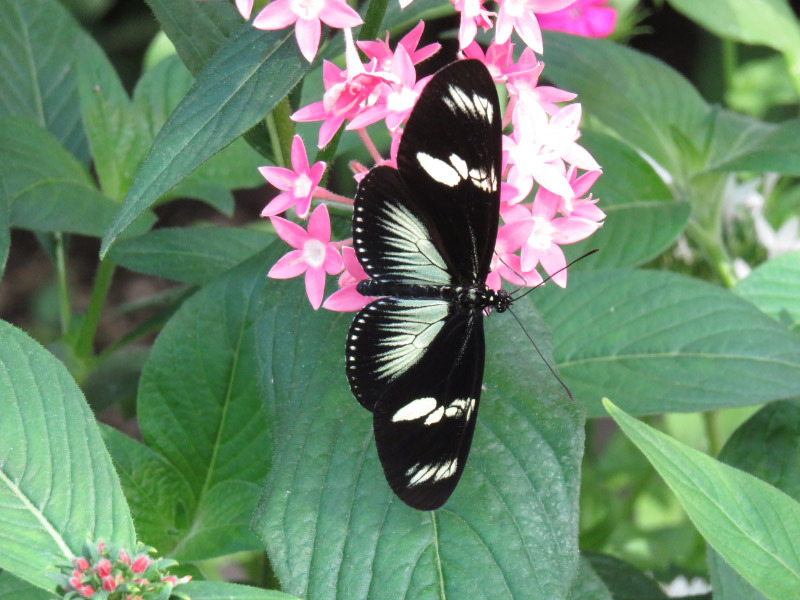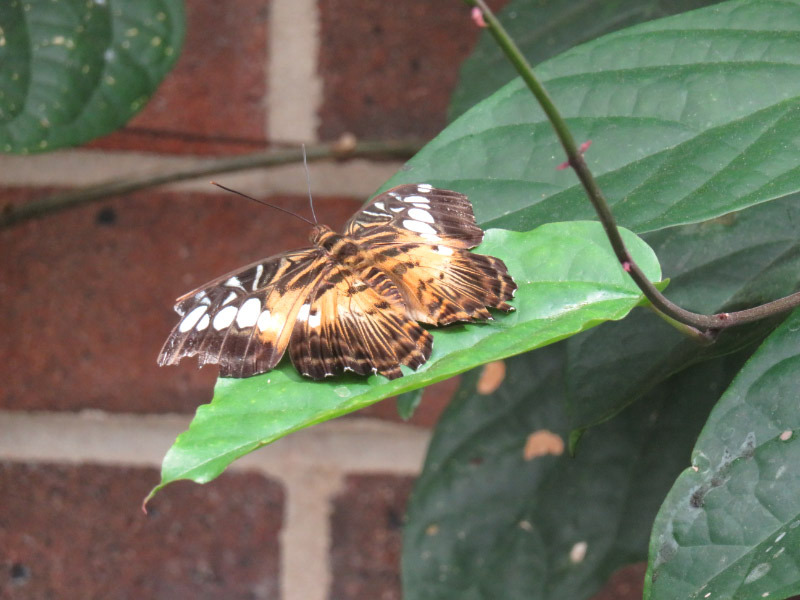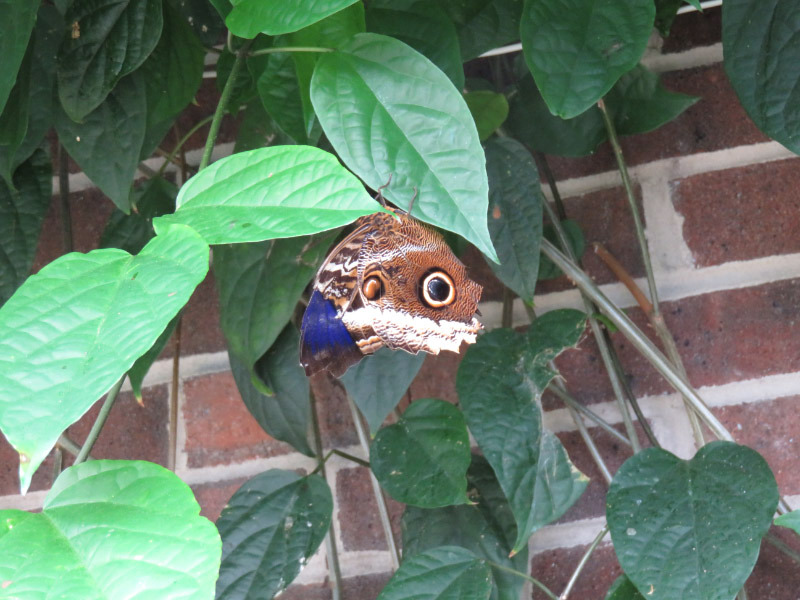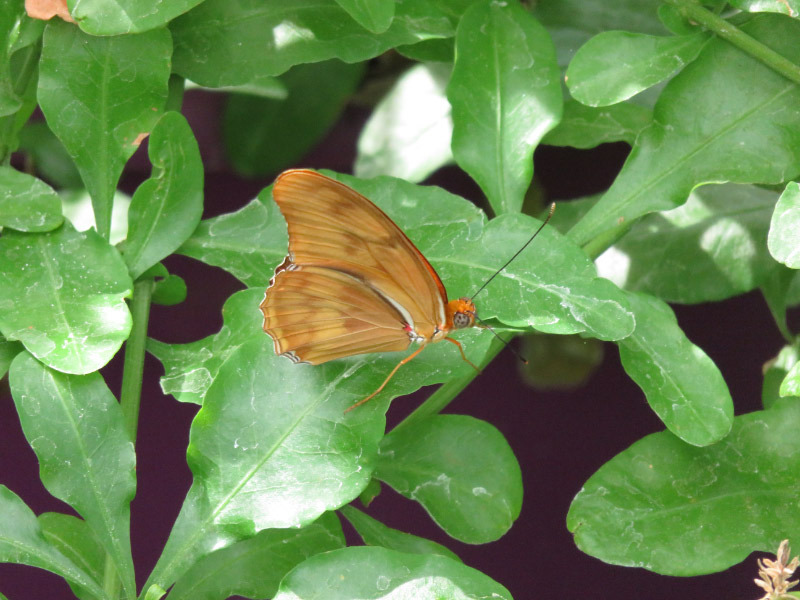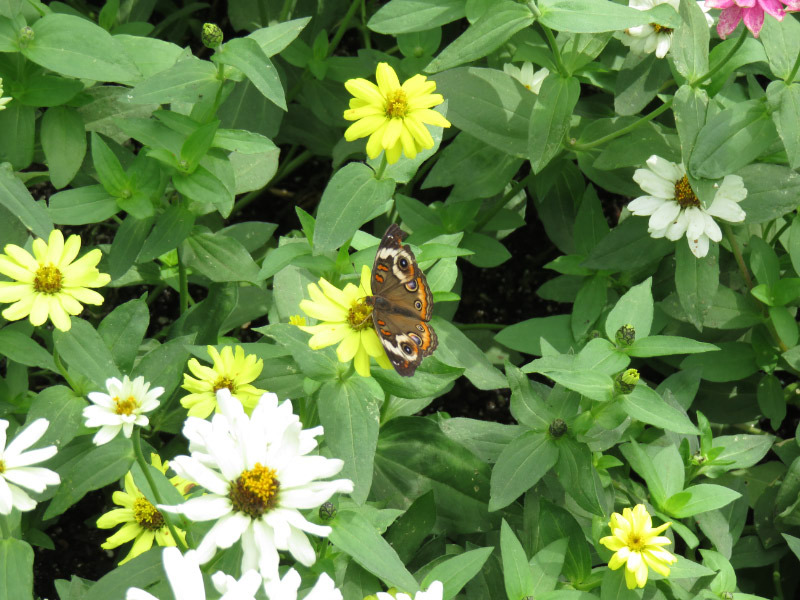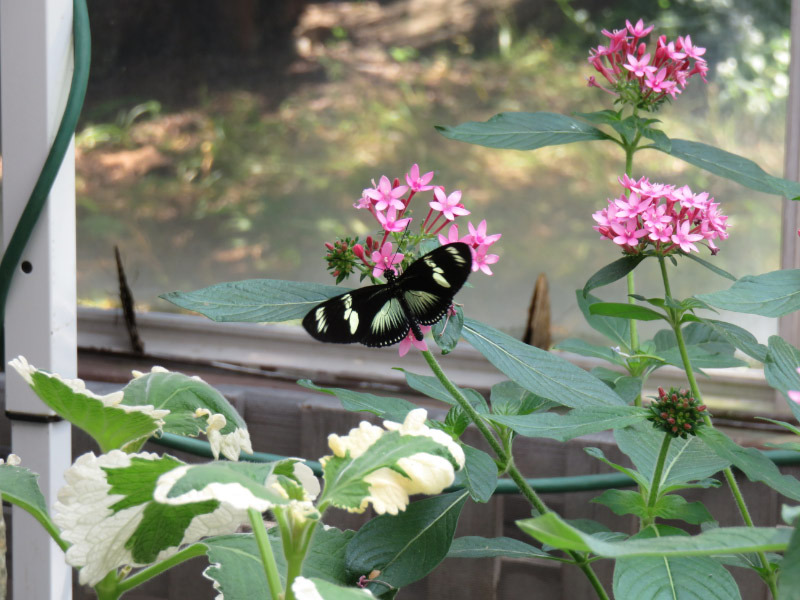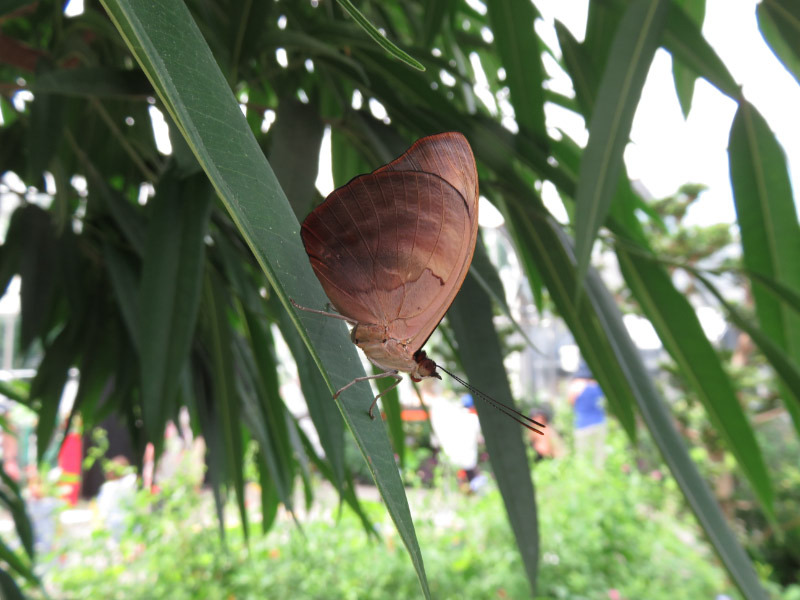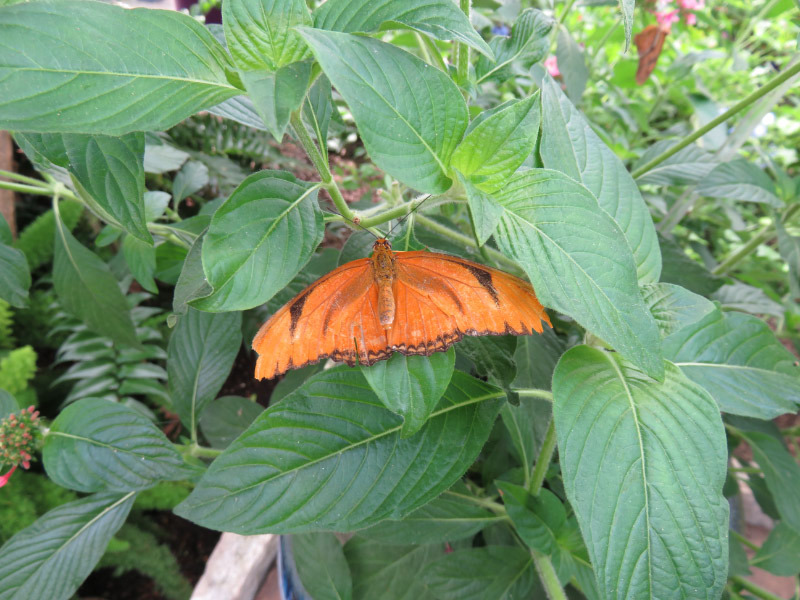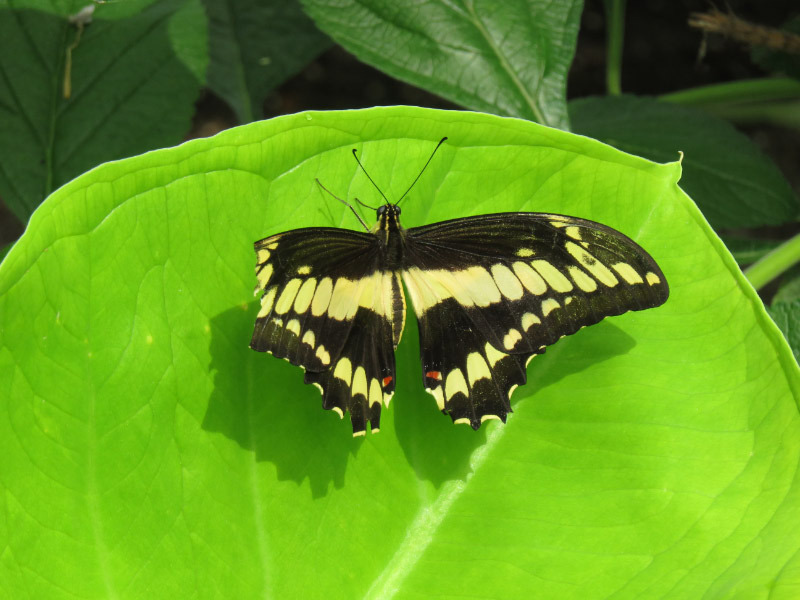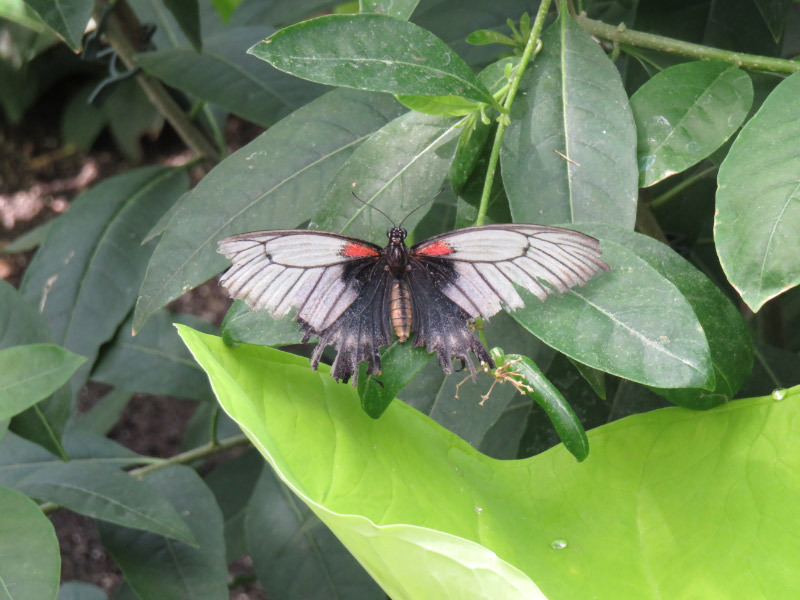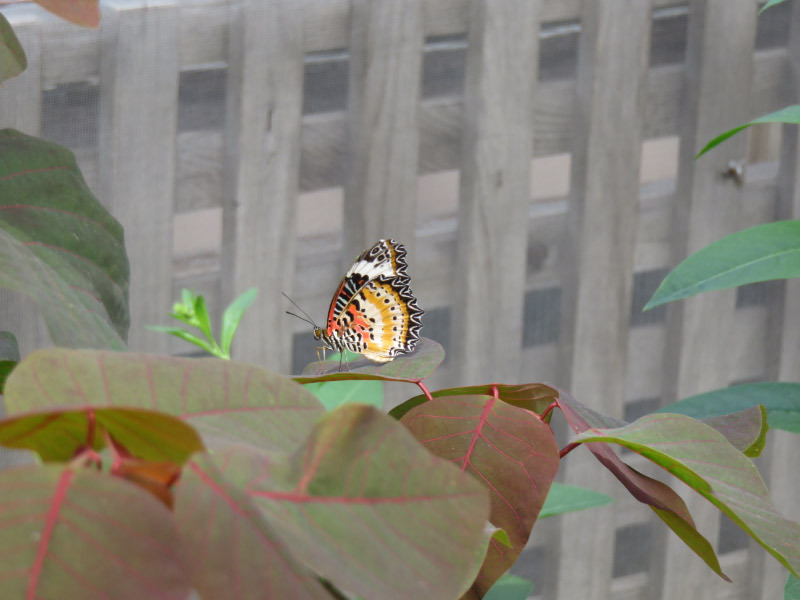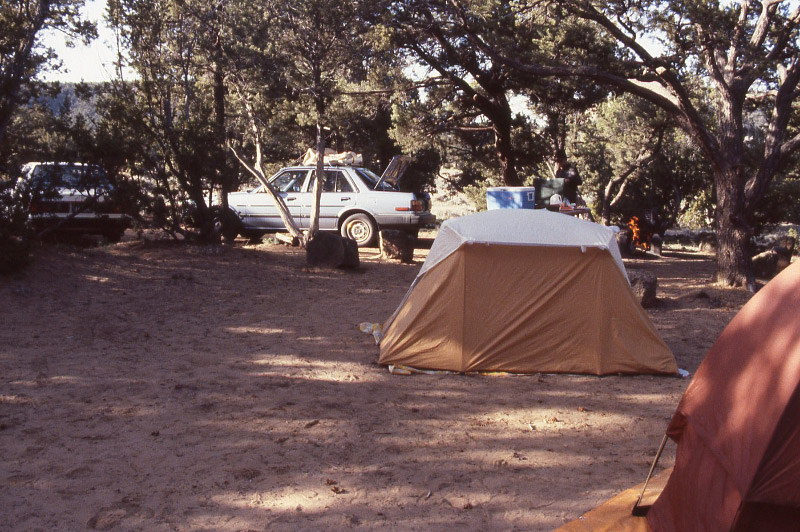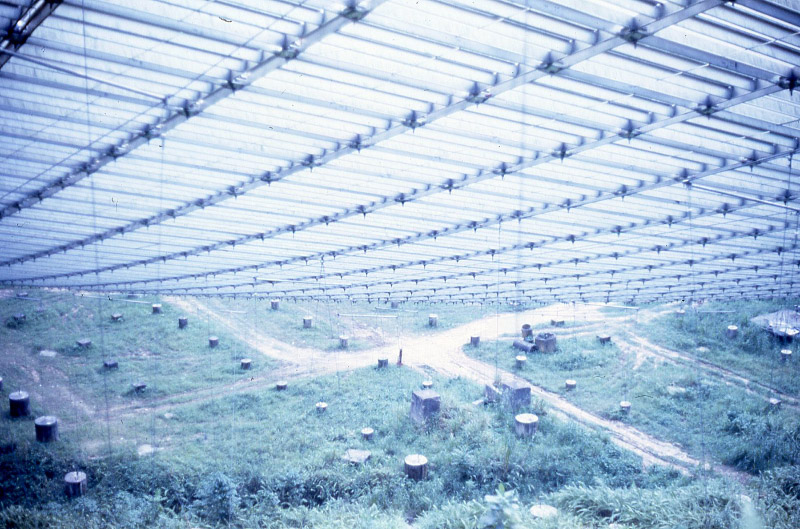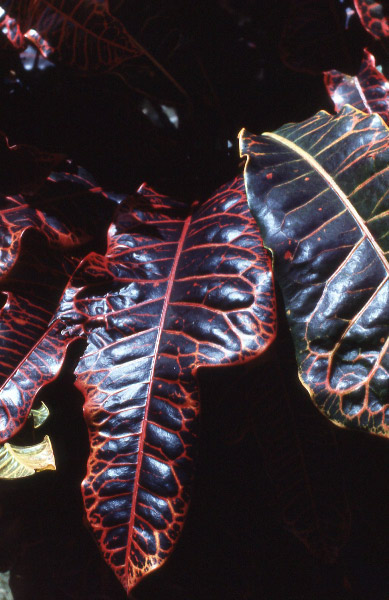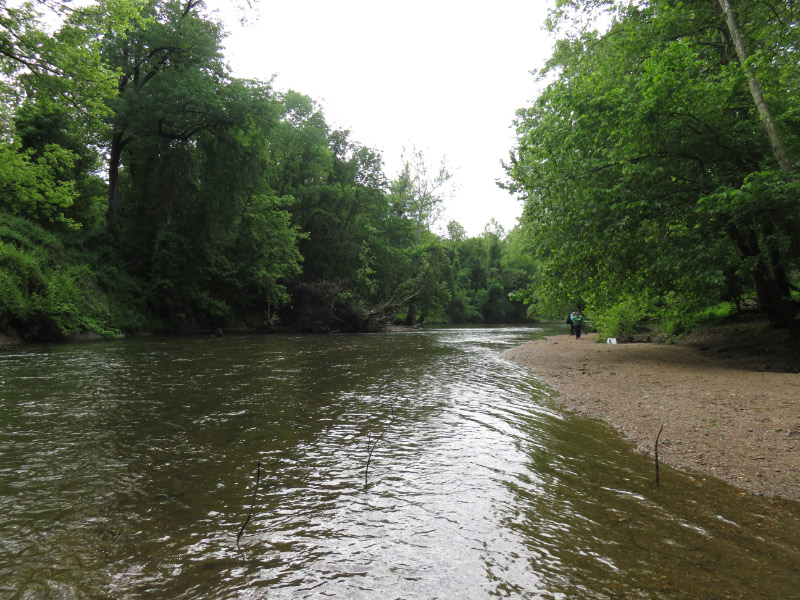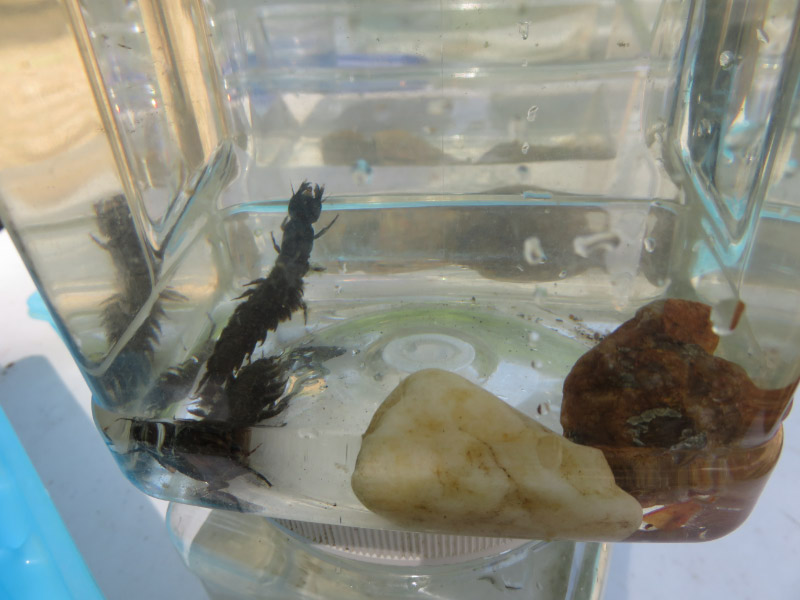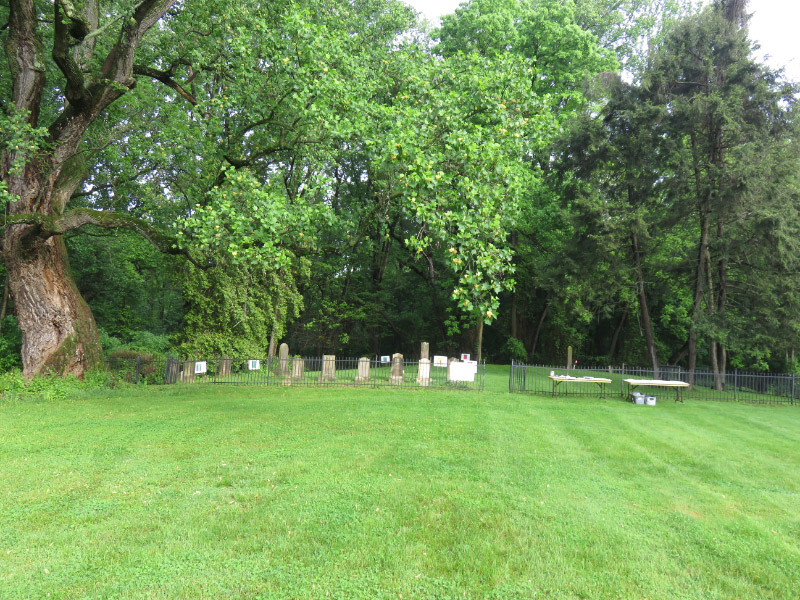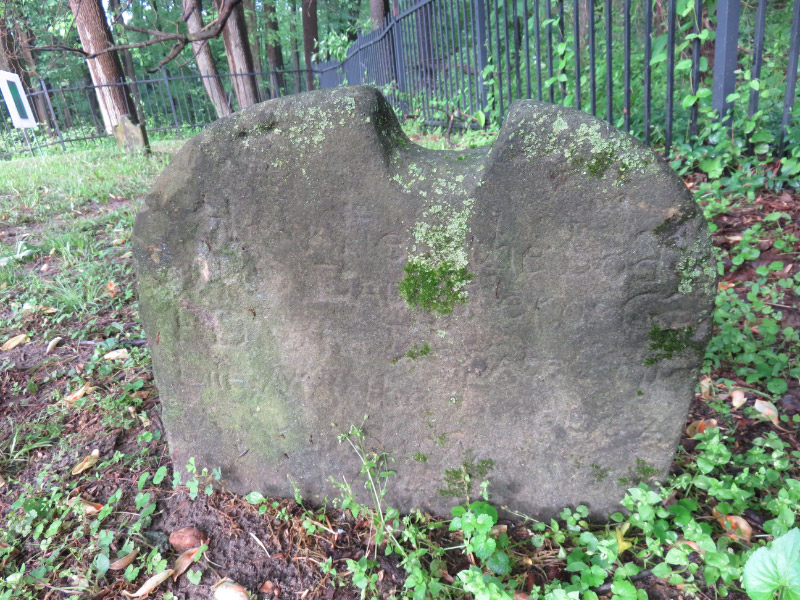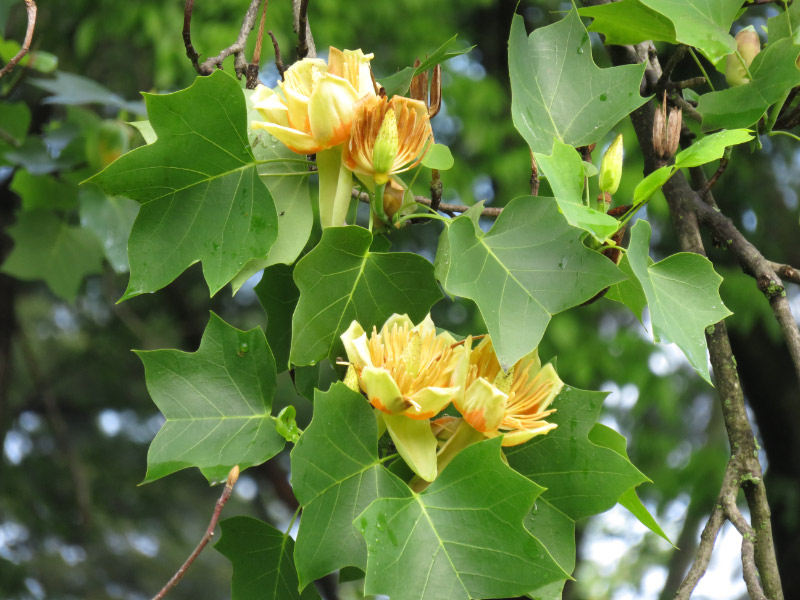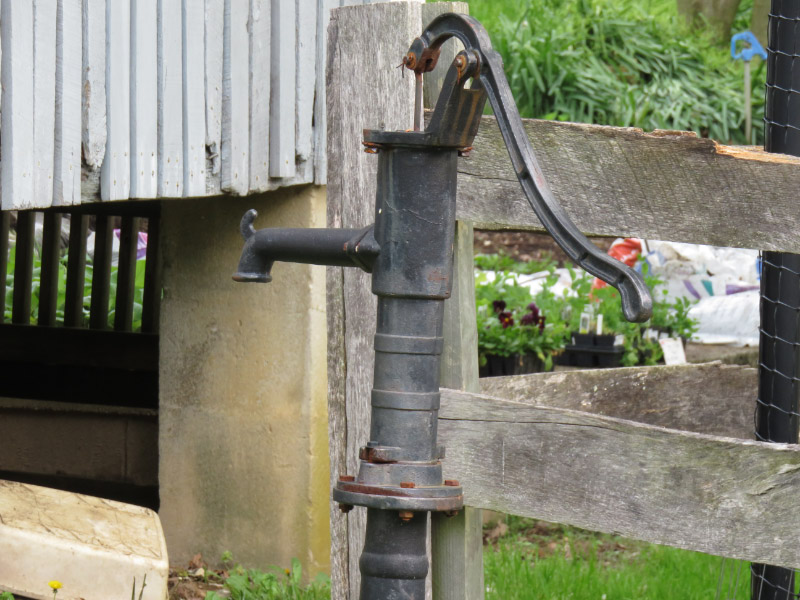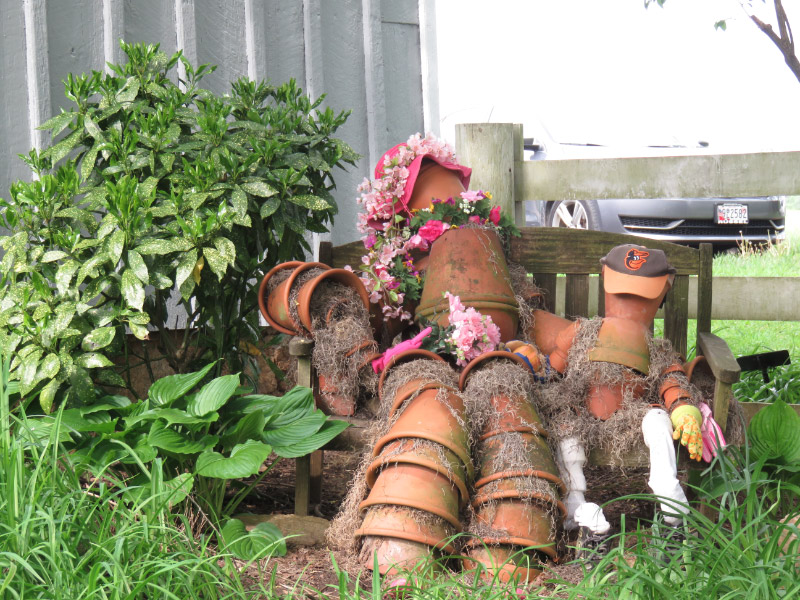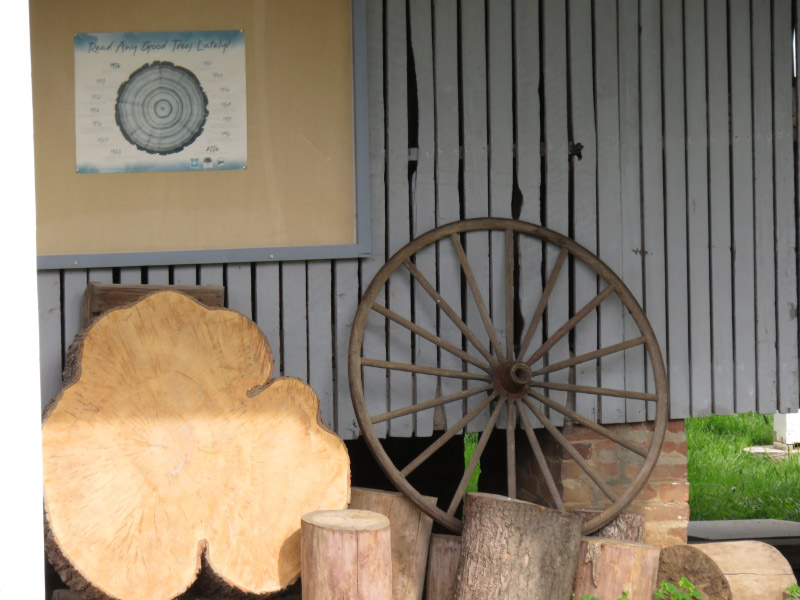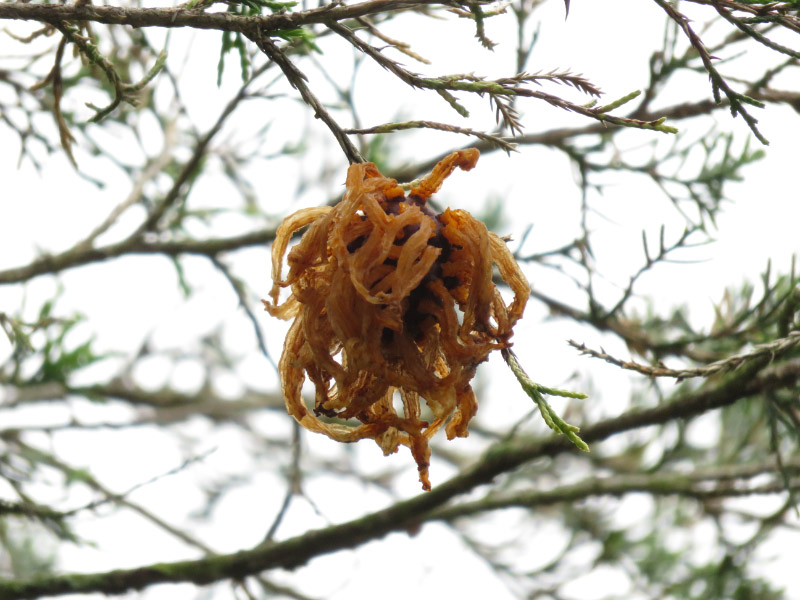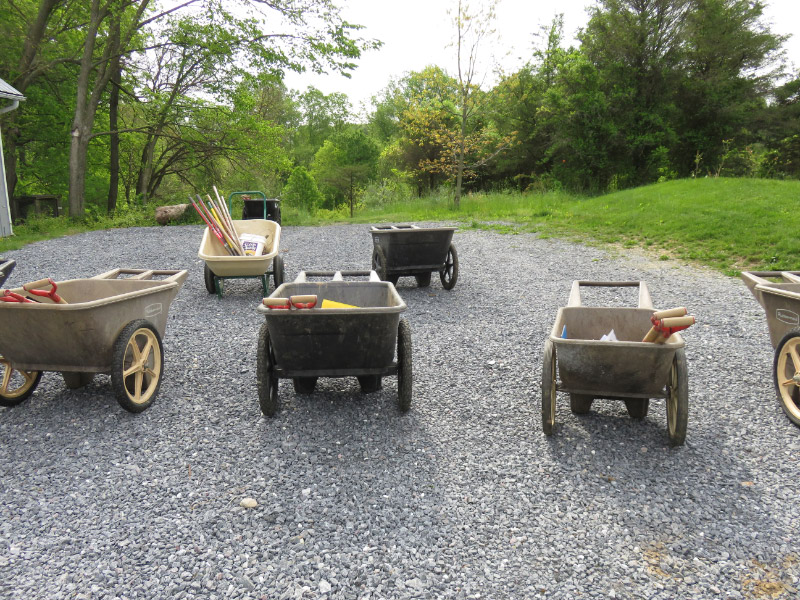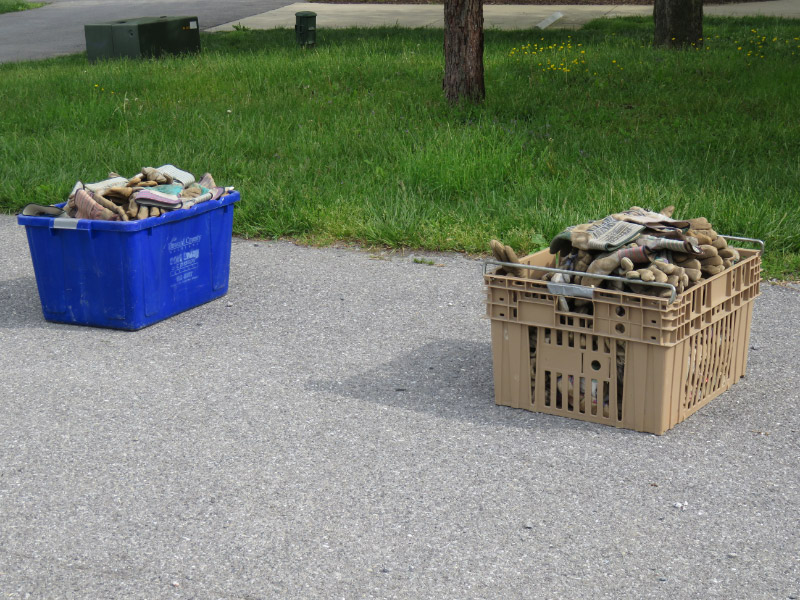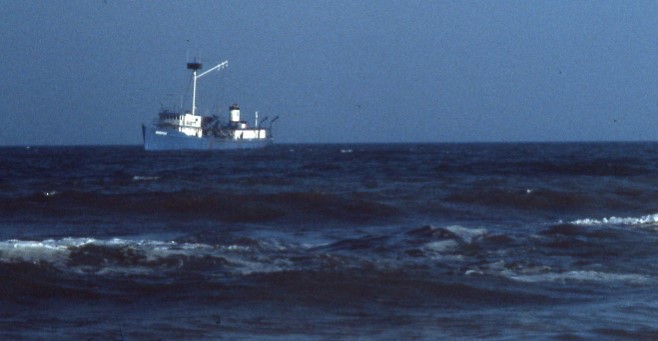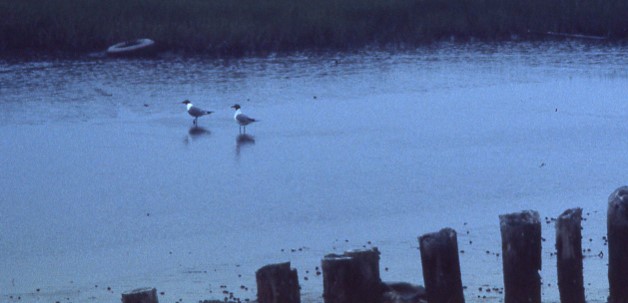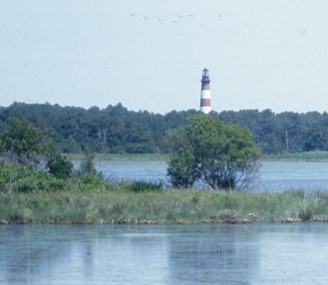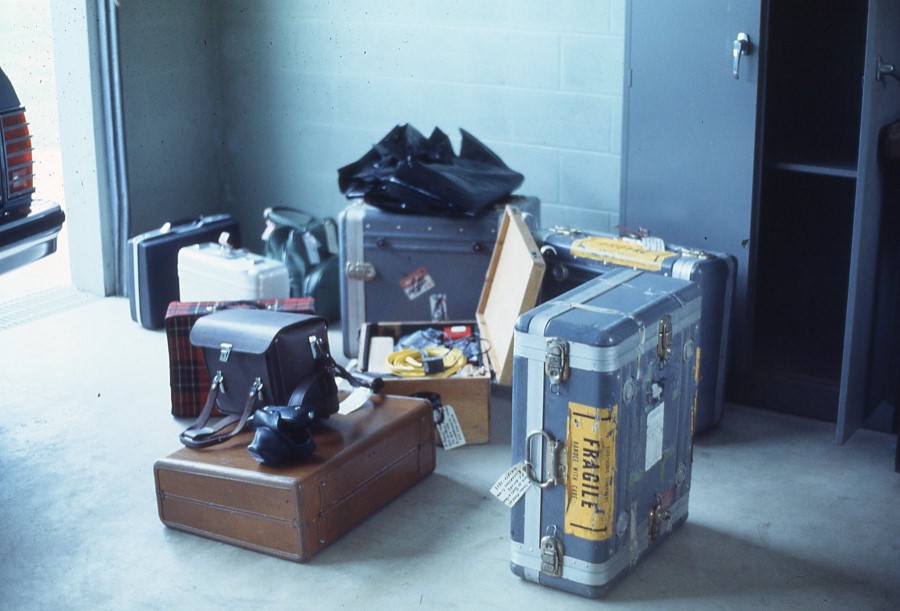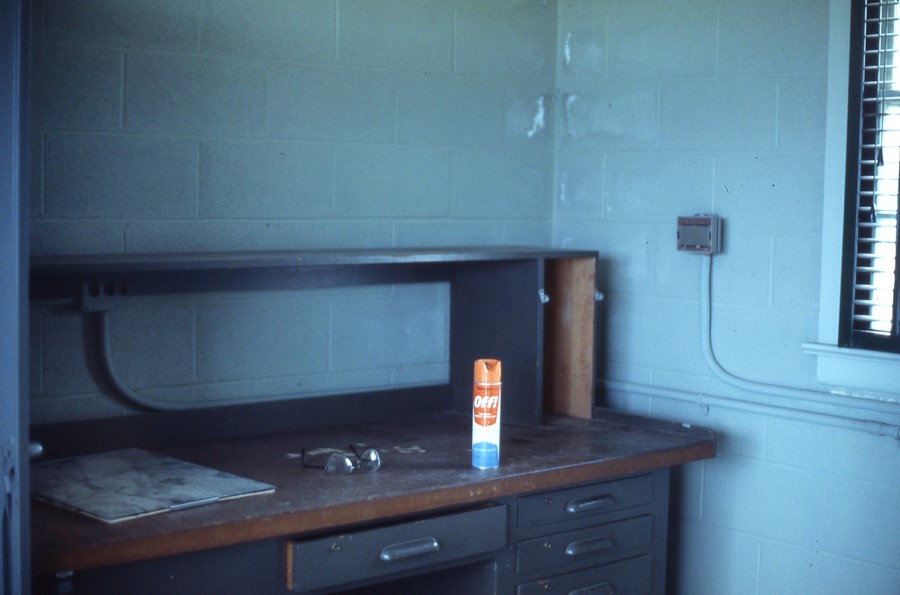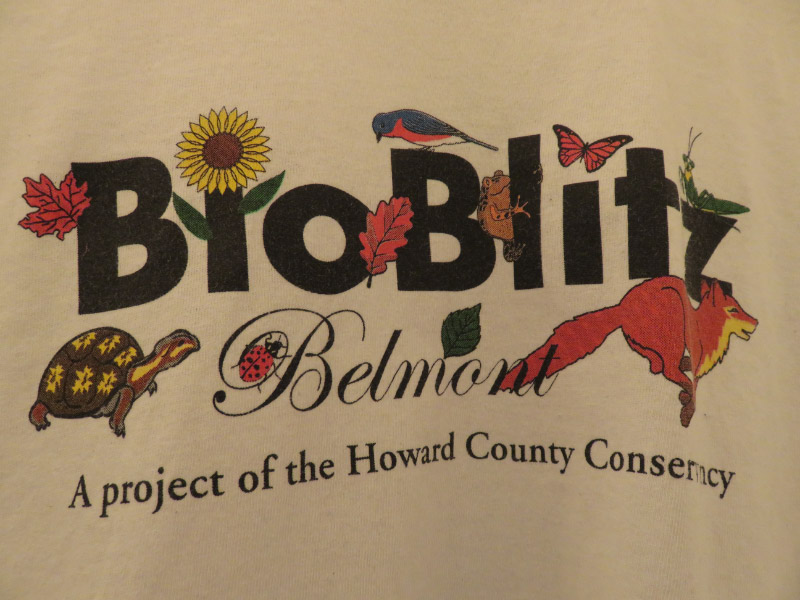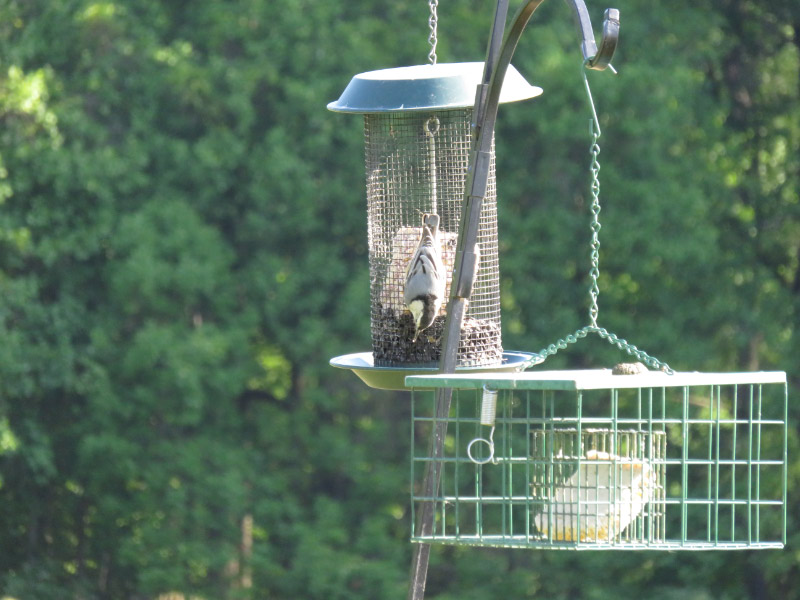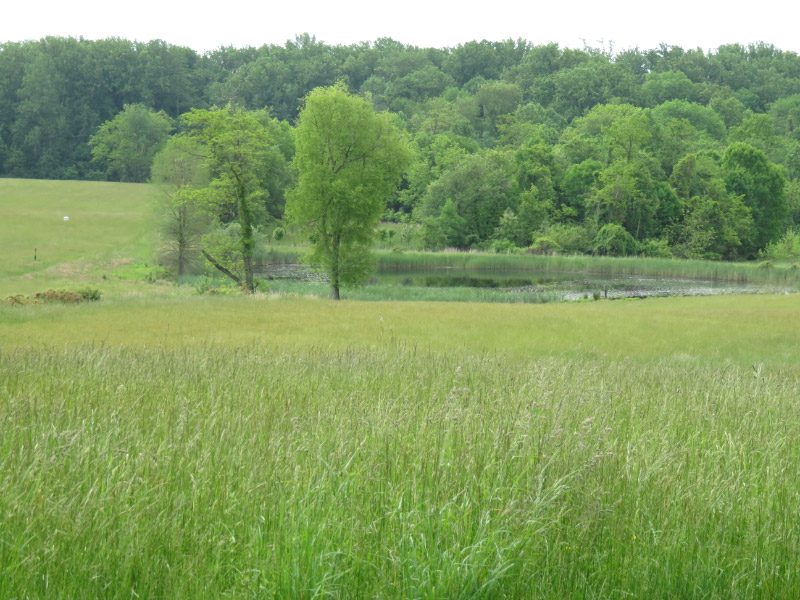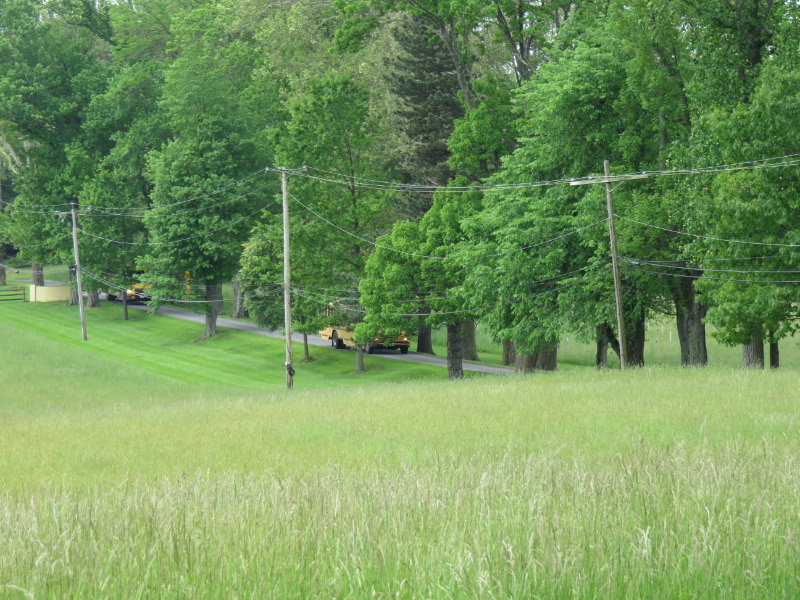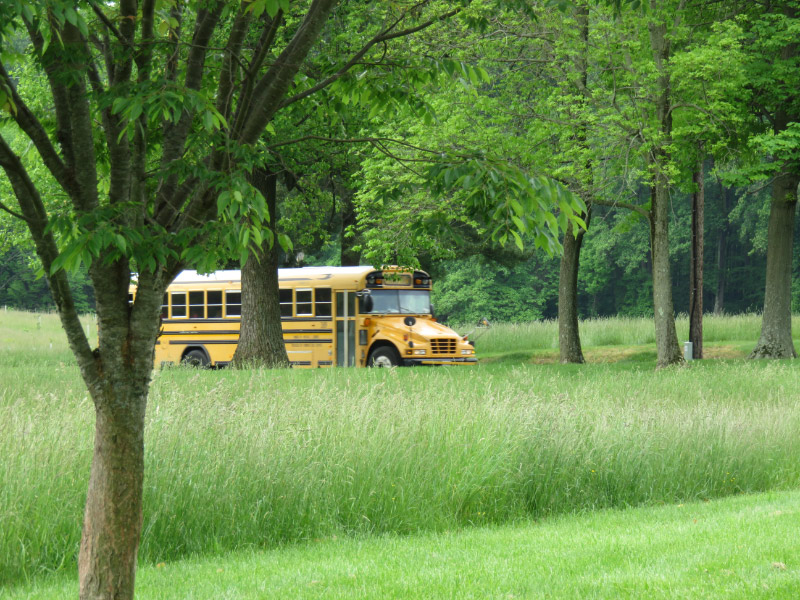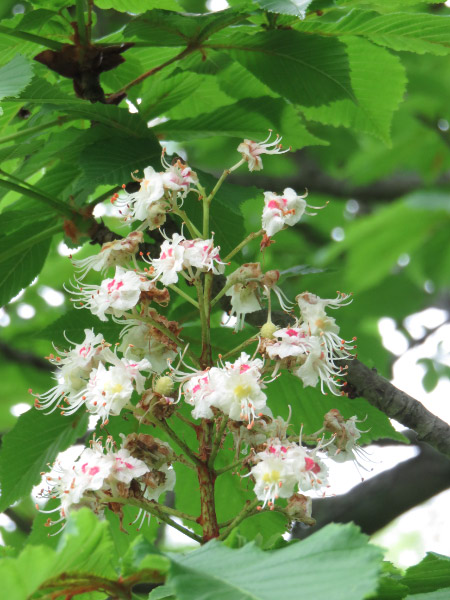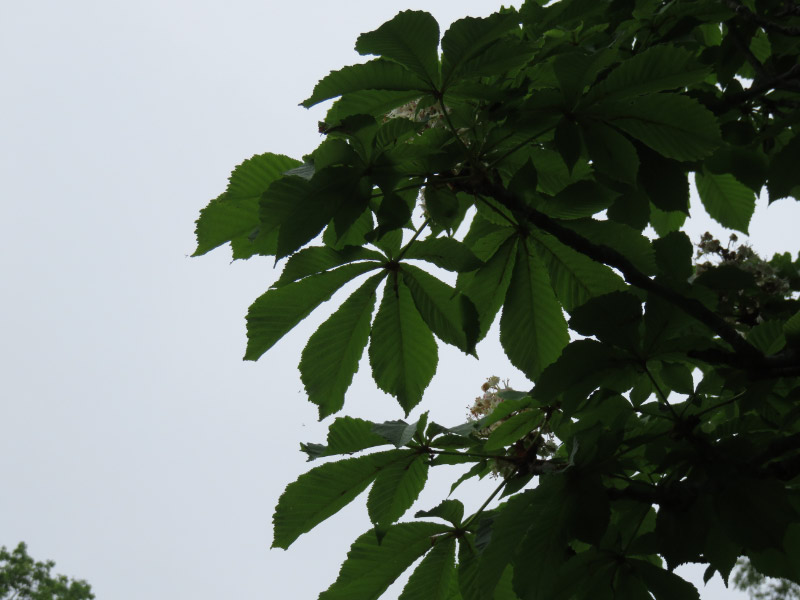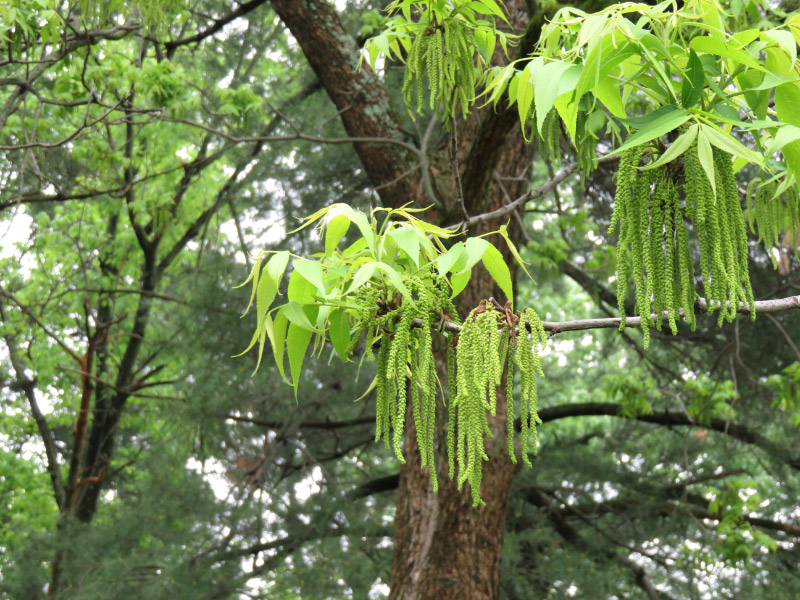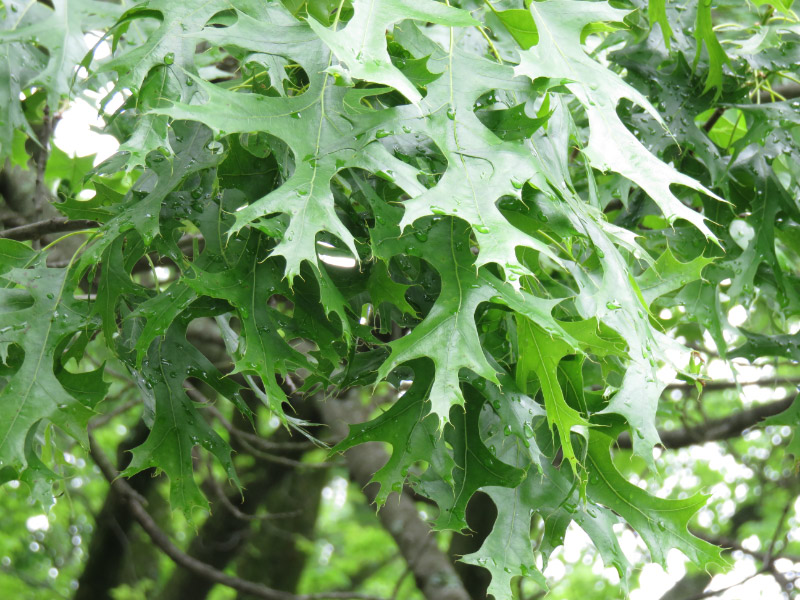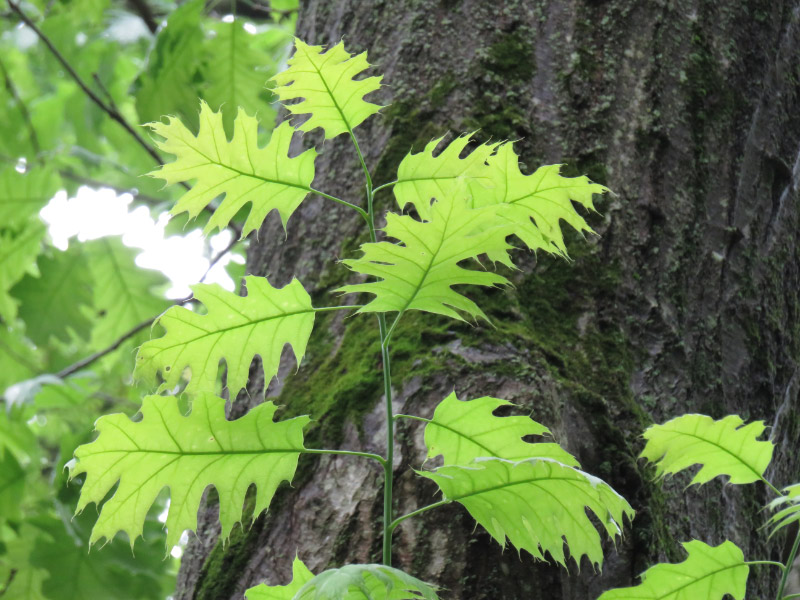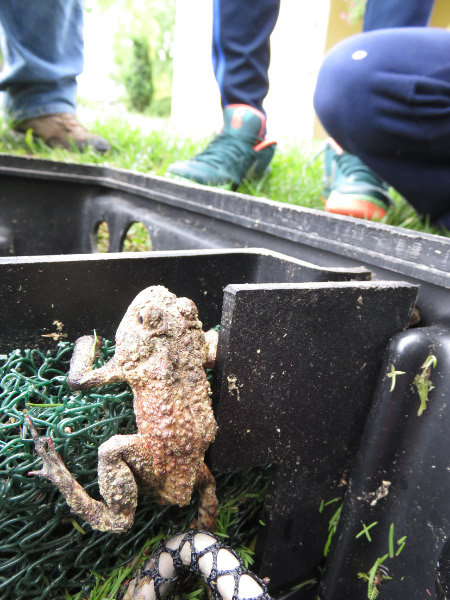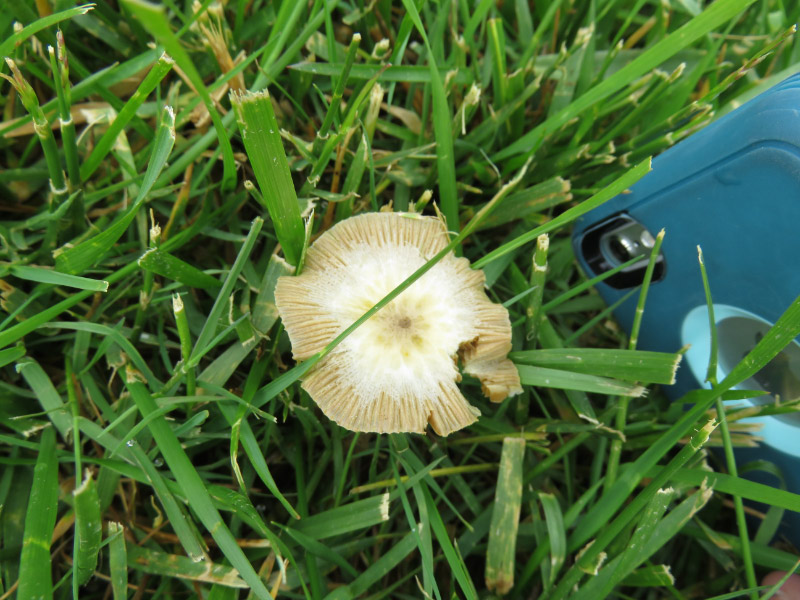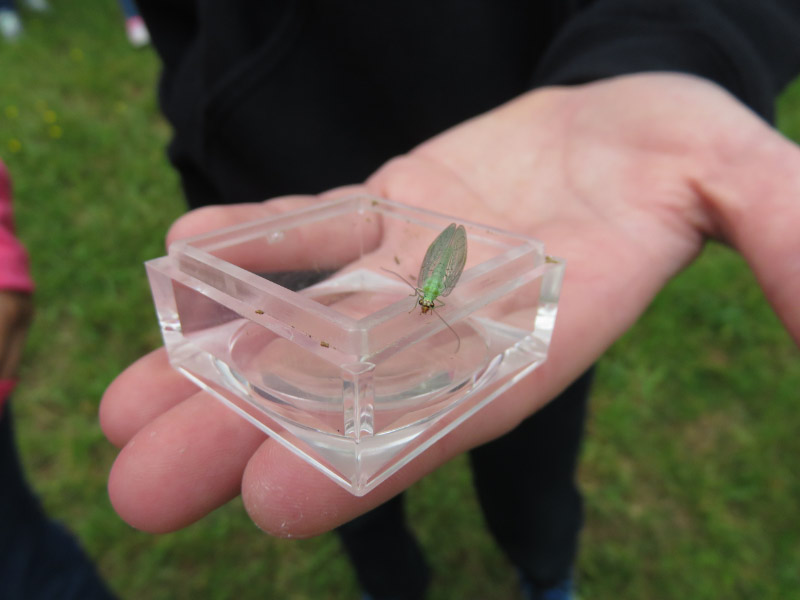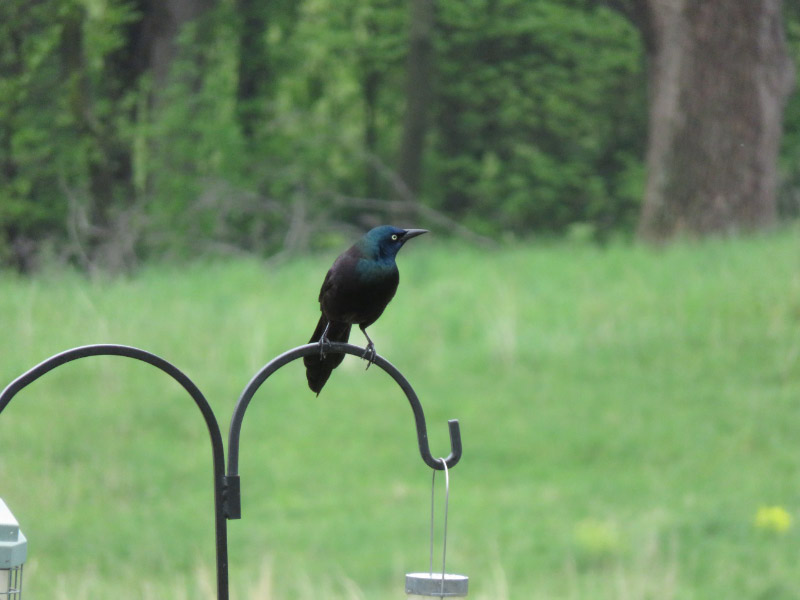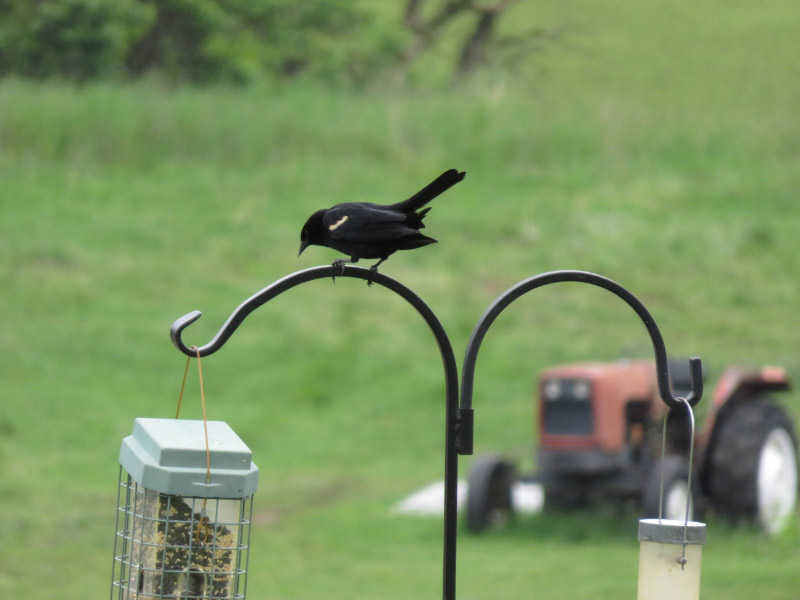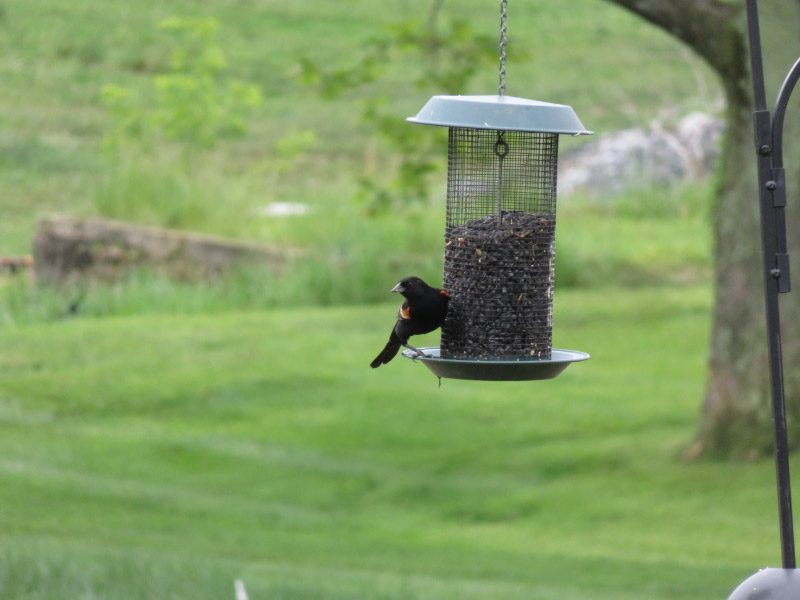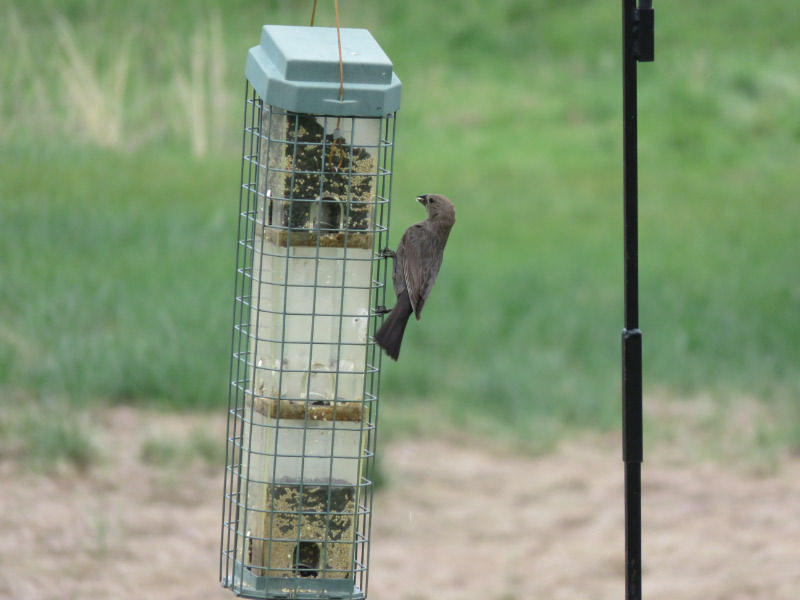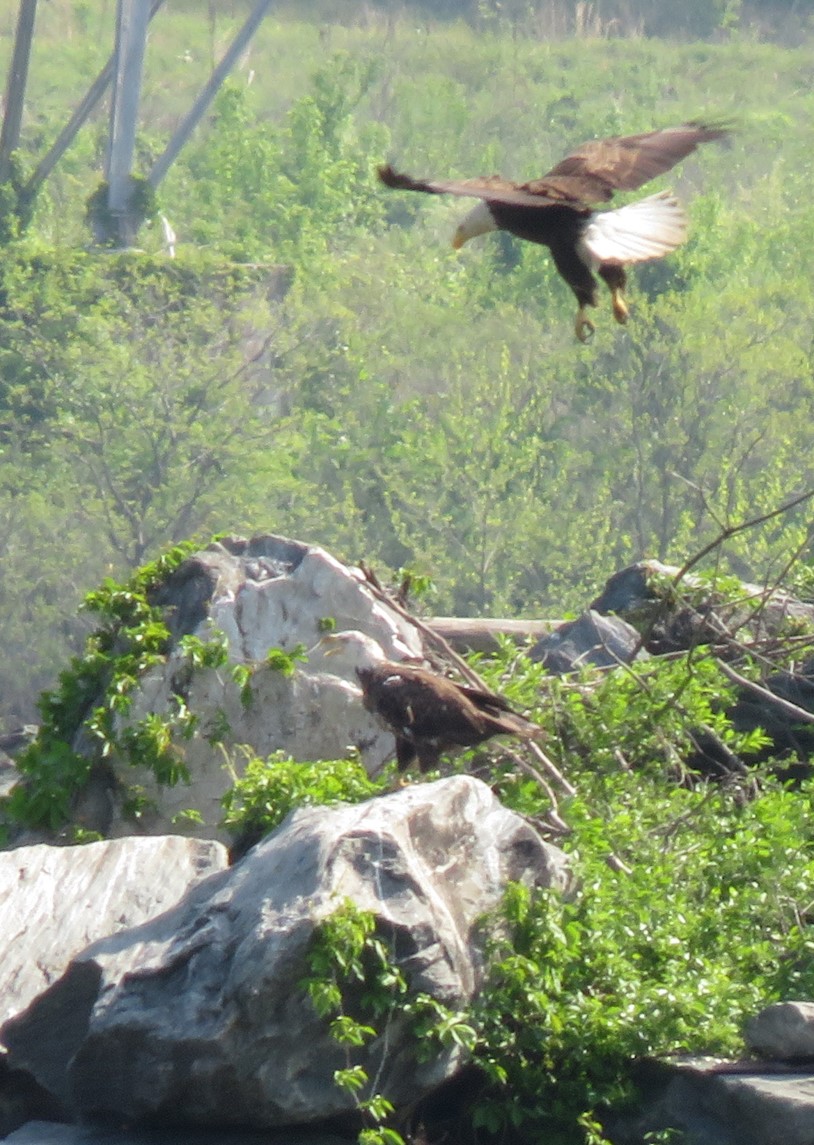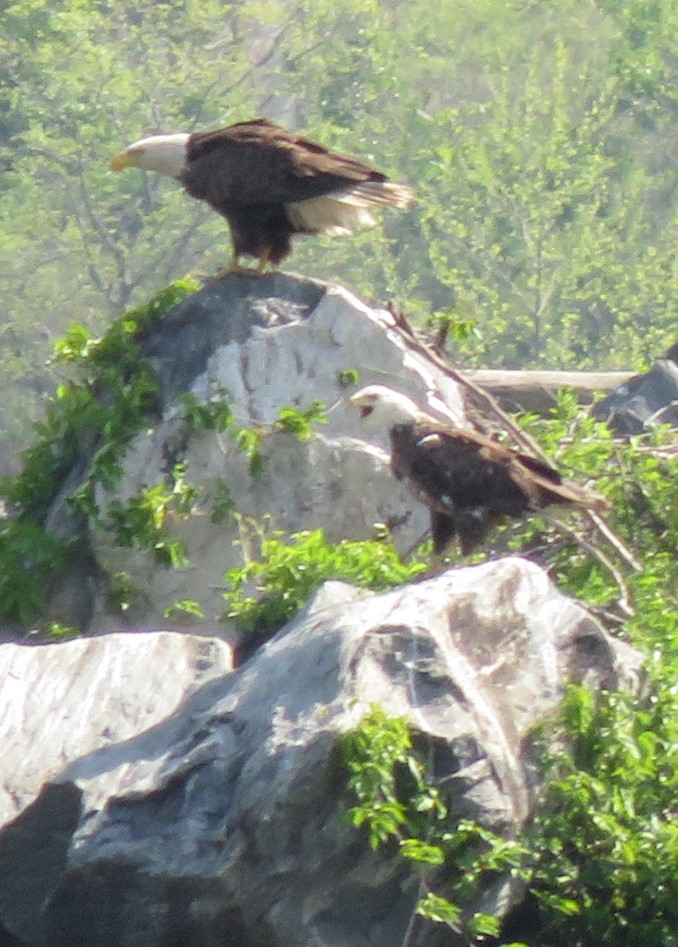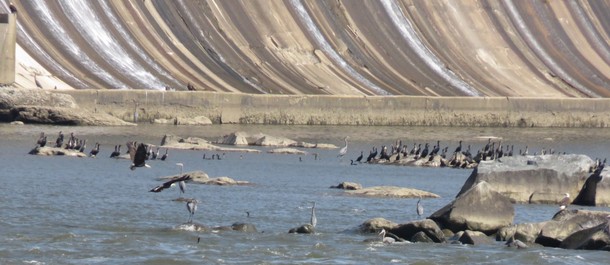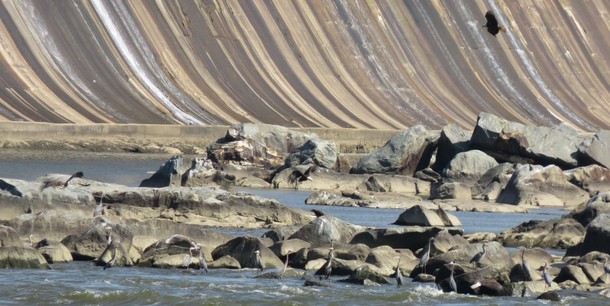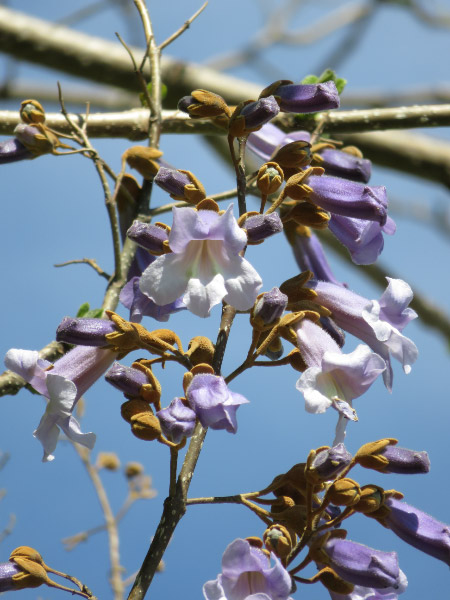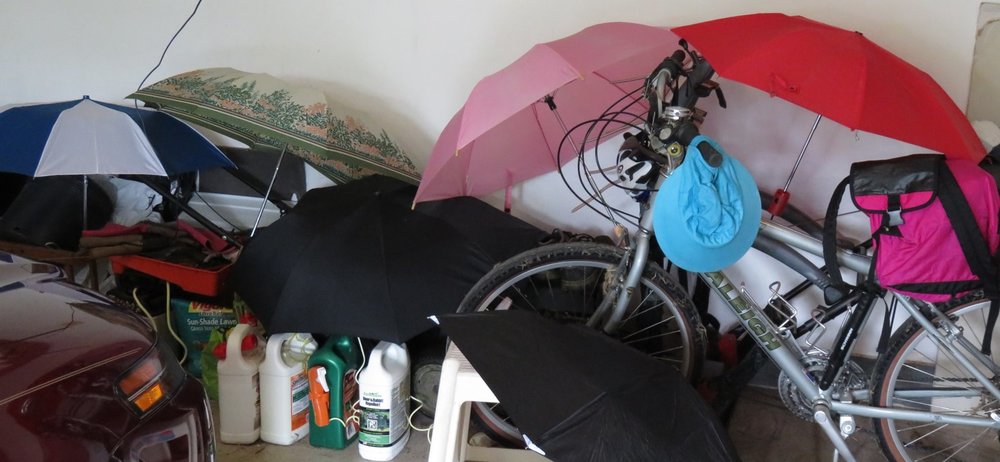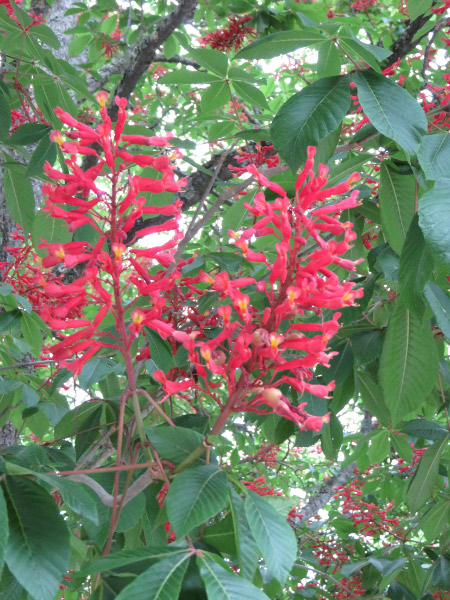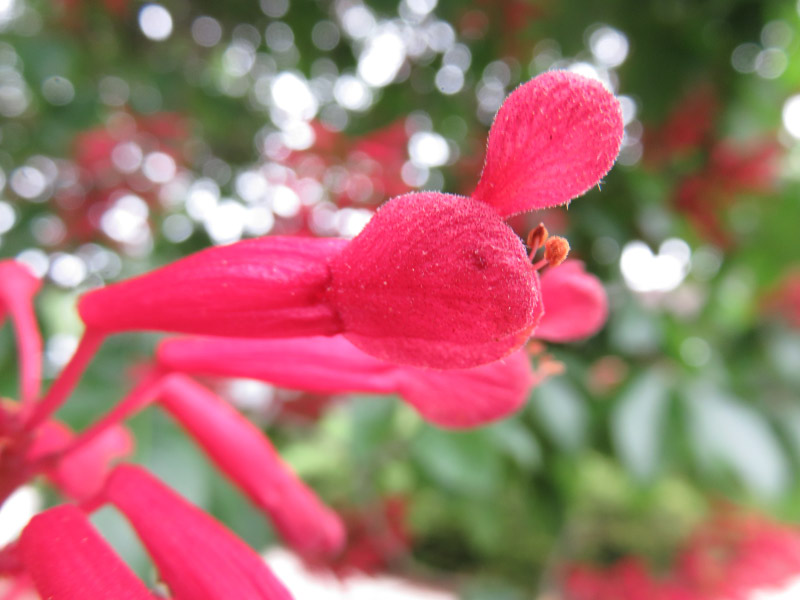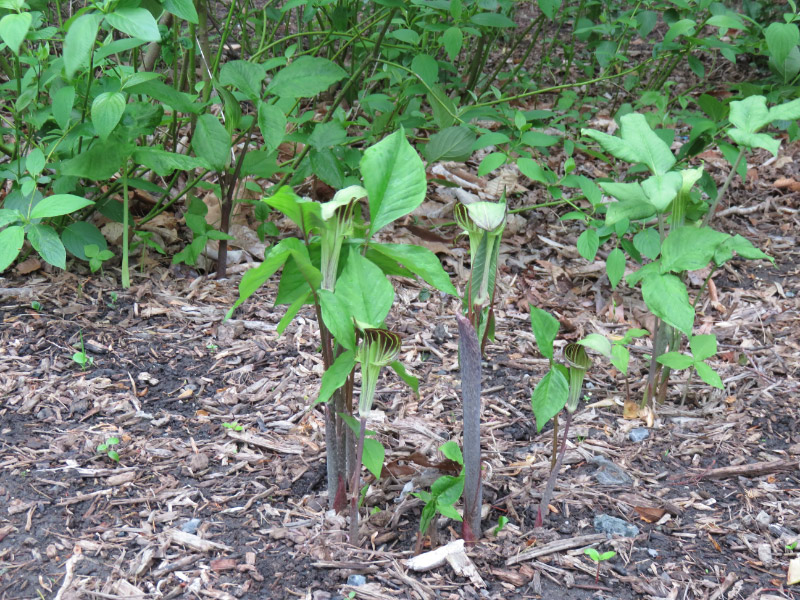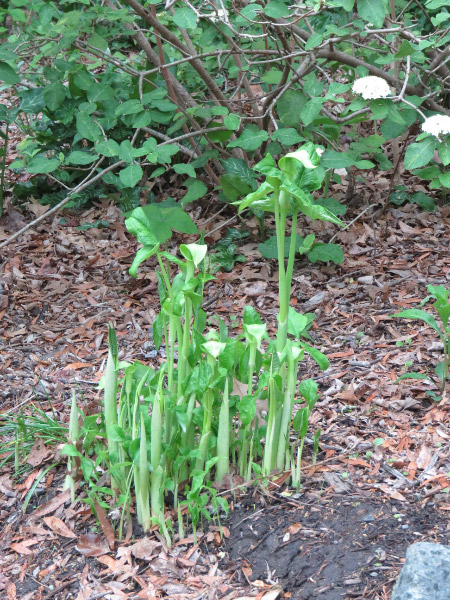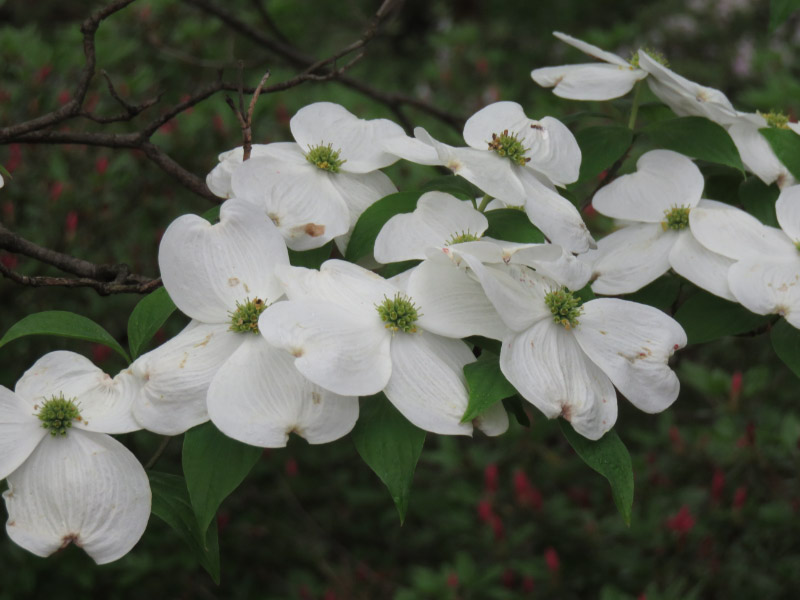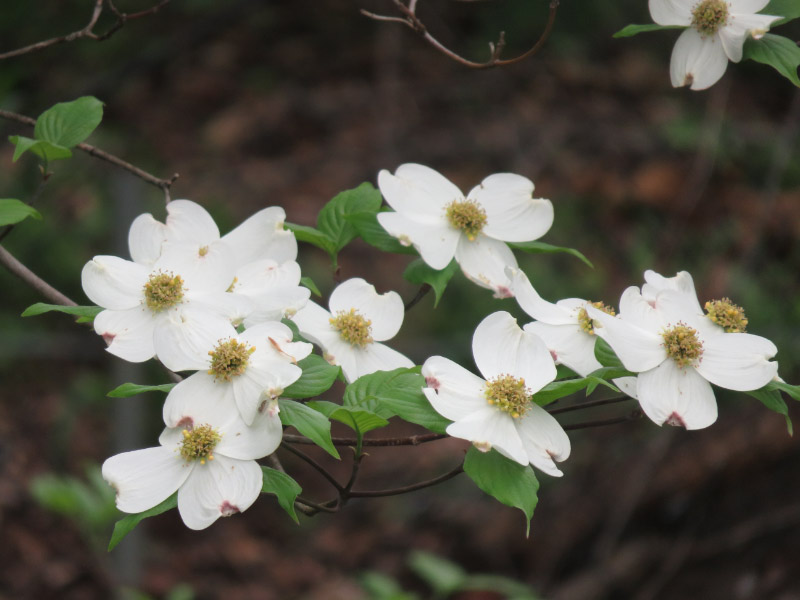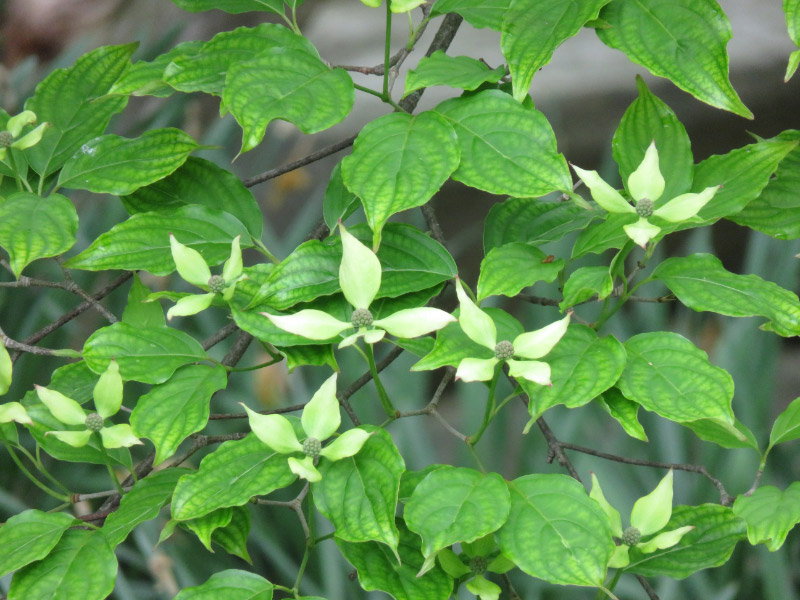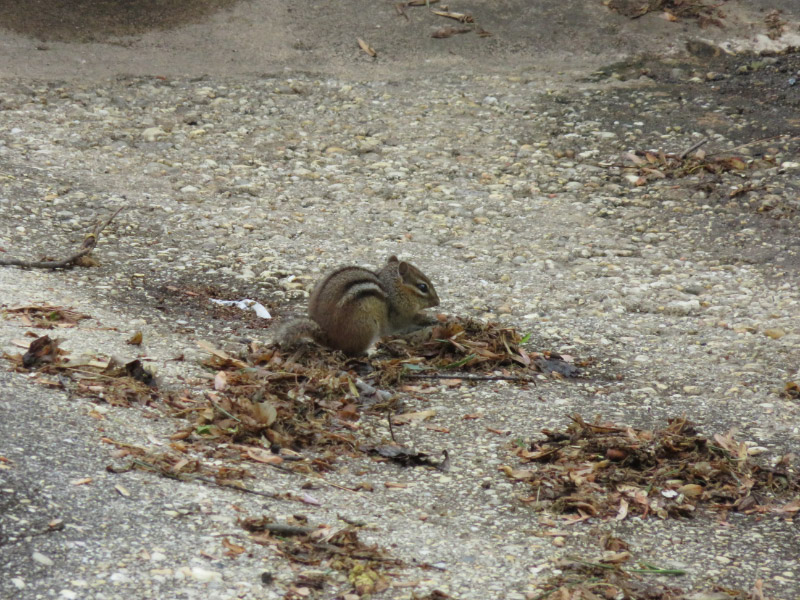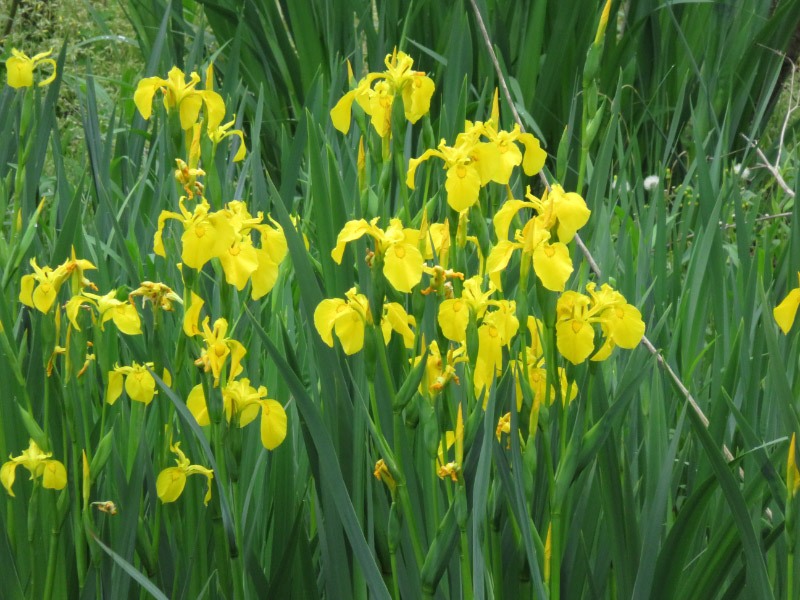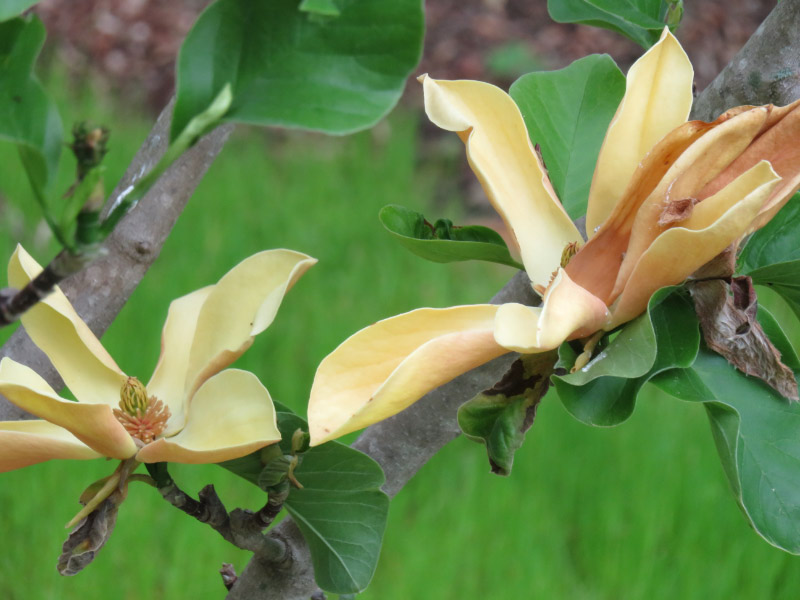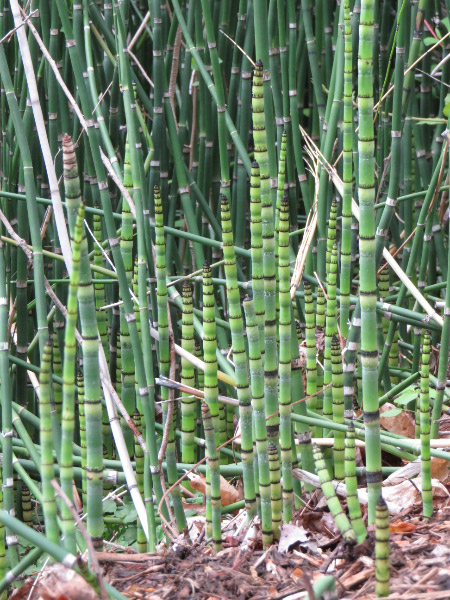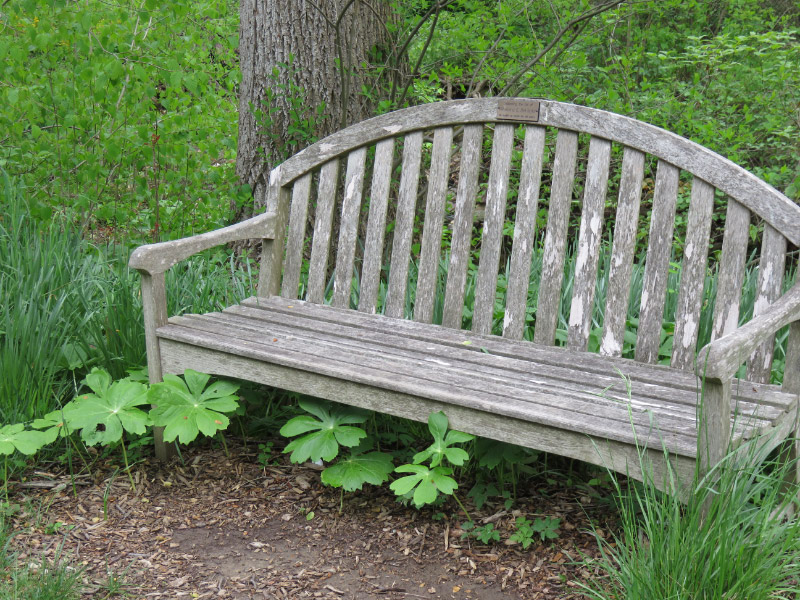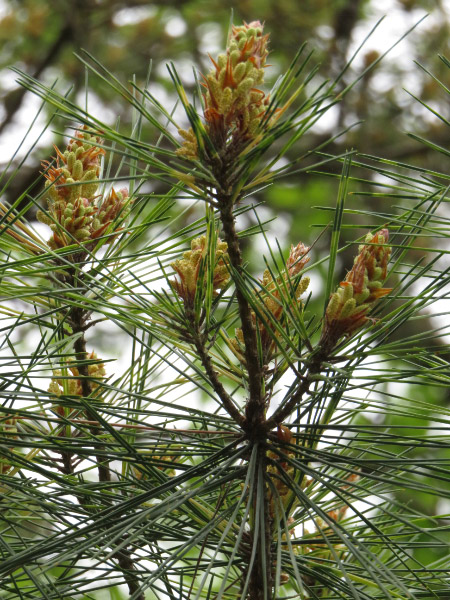Gleanings of the Week Ending June 11, 2016
/The items below were ‘the cream’ of the articles and websites I found this past week. Click on the light green text to look at the article.
New Climate Spiral – A visualizing of average global temperatures. Do this little exercise with the graphic – if you live to be 100, how much hotter will the planet be than when you were born? For me – it is about 2 degrees…almost 3 degrees hotter than in 1850.
Climate change poses threat to World Heritage sites - Melting glaciers, rising seas, increasing wildfires and harsher droughts….these could diminish the value of protected sites and even make them unsuitable for World Heritage designation. That would have a domino effect into local economic development, in particular the tourism sector.
Bionic leaf turns sunlight into liquid fuel – And at a higher efficiency than the fastest-growing plants!
Washington grapples with a thorny question: What is a GMO anyway? and Report: Still lots to learn about GE Crops – The terms GMO and GE are inadequate to describe the complexity of what is happening now. Both of the articles are about a recently released report on the situation.
What’s up with microbeads – Plastic microbeads cause long term health effects in our waterways (streams, rivers, lakes, oceans). There are US regulations that are being phased in over the next few years to require that manufactures no longer make products with microbeads but prior to that individual can stop purchasing the products. I’m going to check packaging to avoid products with microbeads; the key ‘ingredients’ to avoid are polyethylene, acrylate copolymer, and polypropylene.
Top 25 informative maps that teach us something uniquely different about the world – Displaying data by location makes for easy comparison. If you did not already know about the US and paid maternity leave – the map makes if very clear – not something to be proud of.
Teenage brain on social media – It’s always been true that teenagers are better at doing than not doing (i.e. inhibition develops more slowly than other forms of cognition). This study was about how that translates into the social media realm.
Antibiotics from scratch – Drug resistant bacteria are becoming more and more problematic. This research is a ‘bright spot’ in developing antibiotics to stay ahead. No one wants to go back to the time before antibiotics.
Arctic Foxes ‘grow’ their own gardens – From Alaska’s Arctic National Wildlife Refuge.
Image of the day: don’t eat me – Usually moths are rather drab – not this tiger moth!




